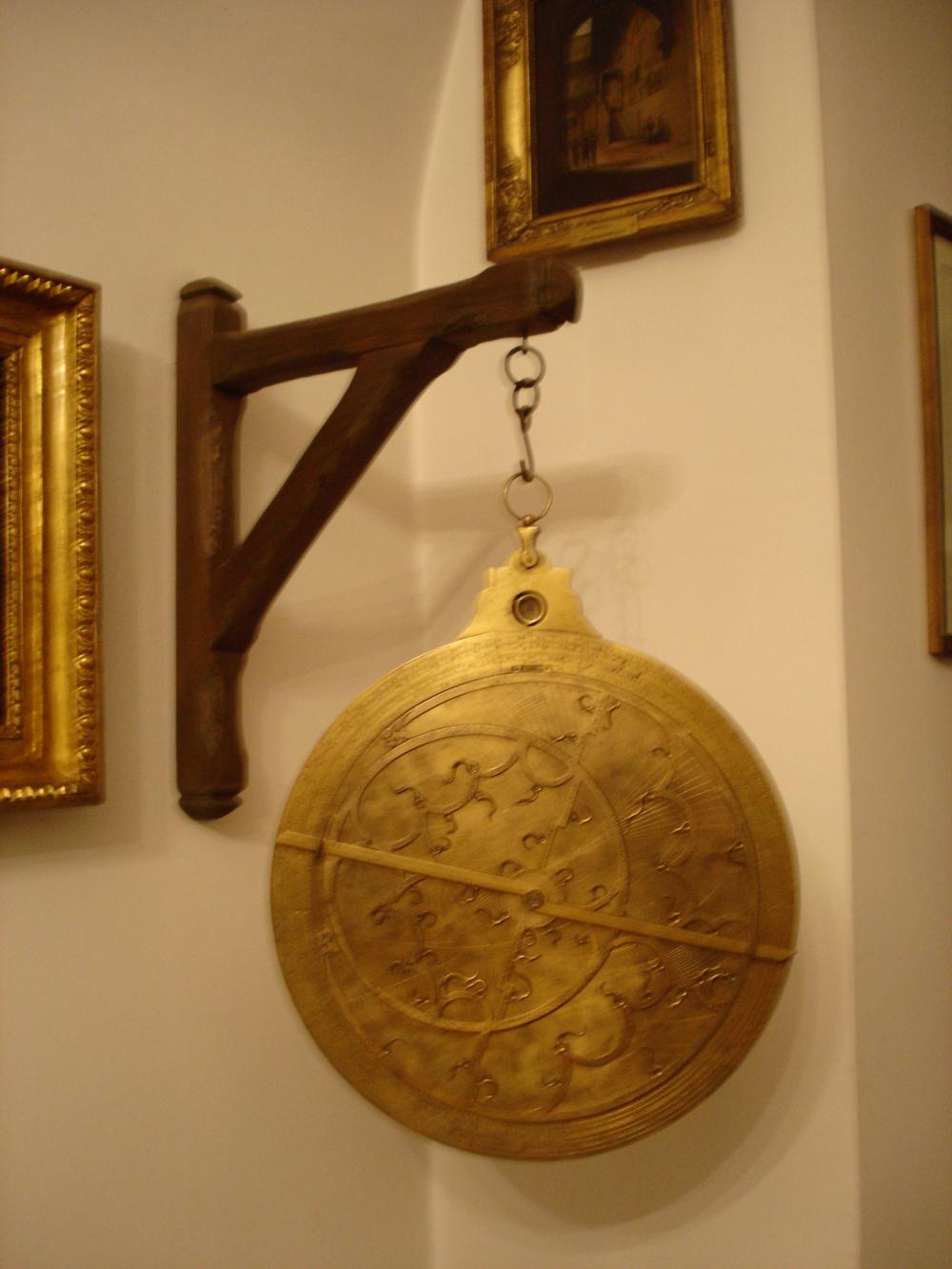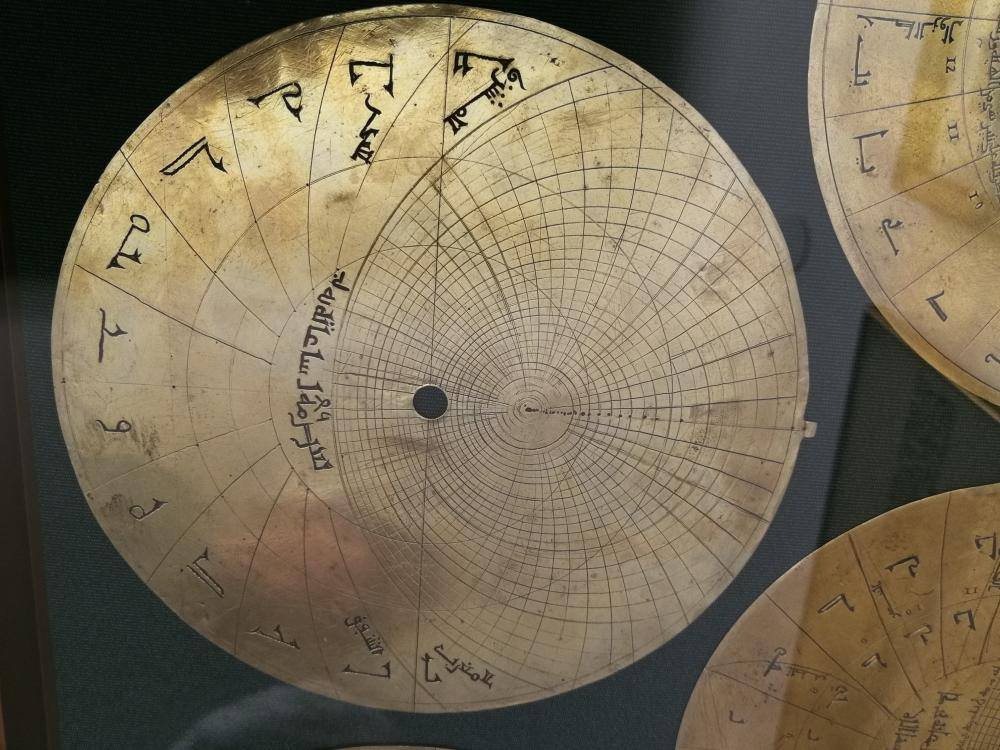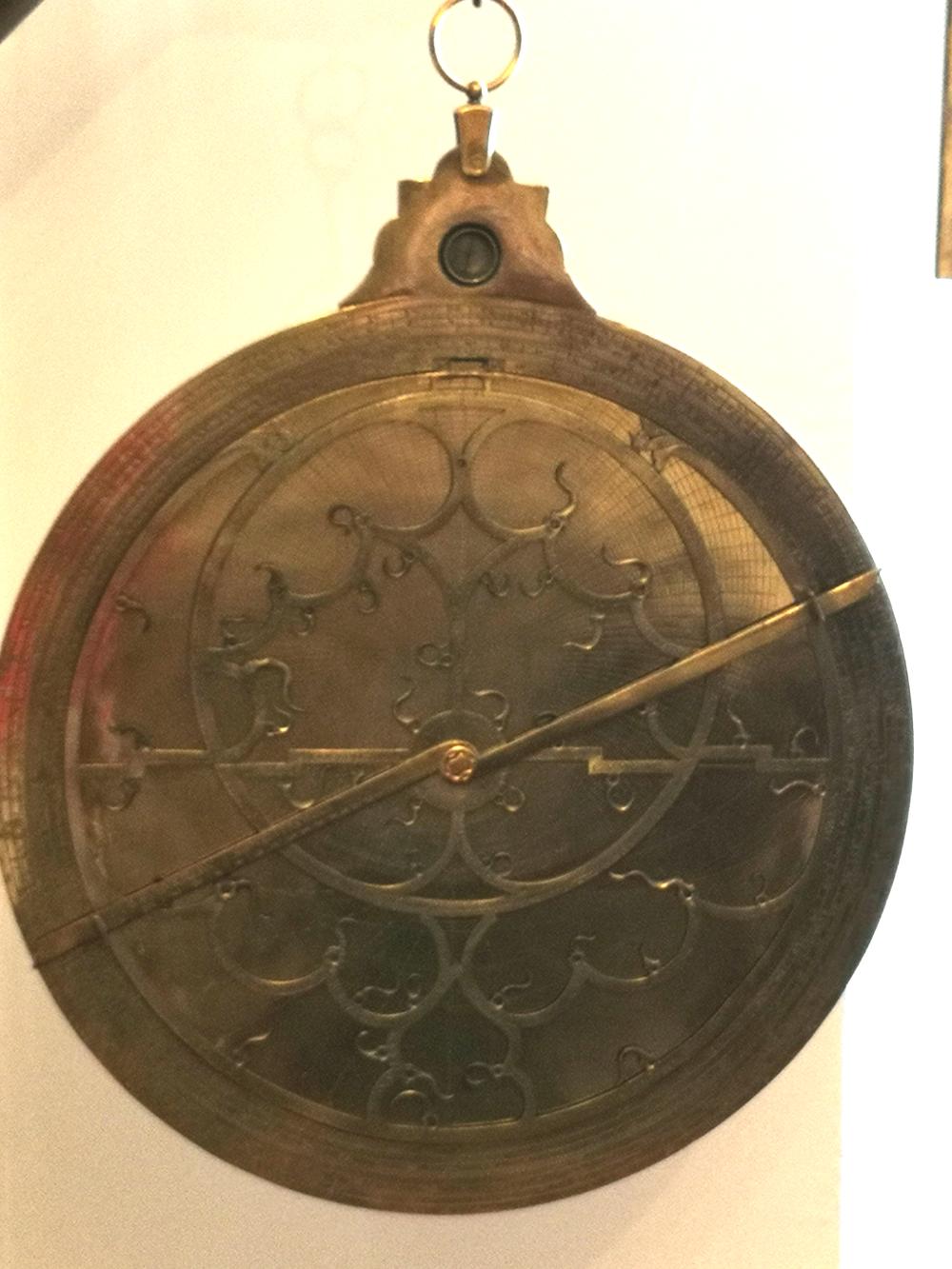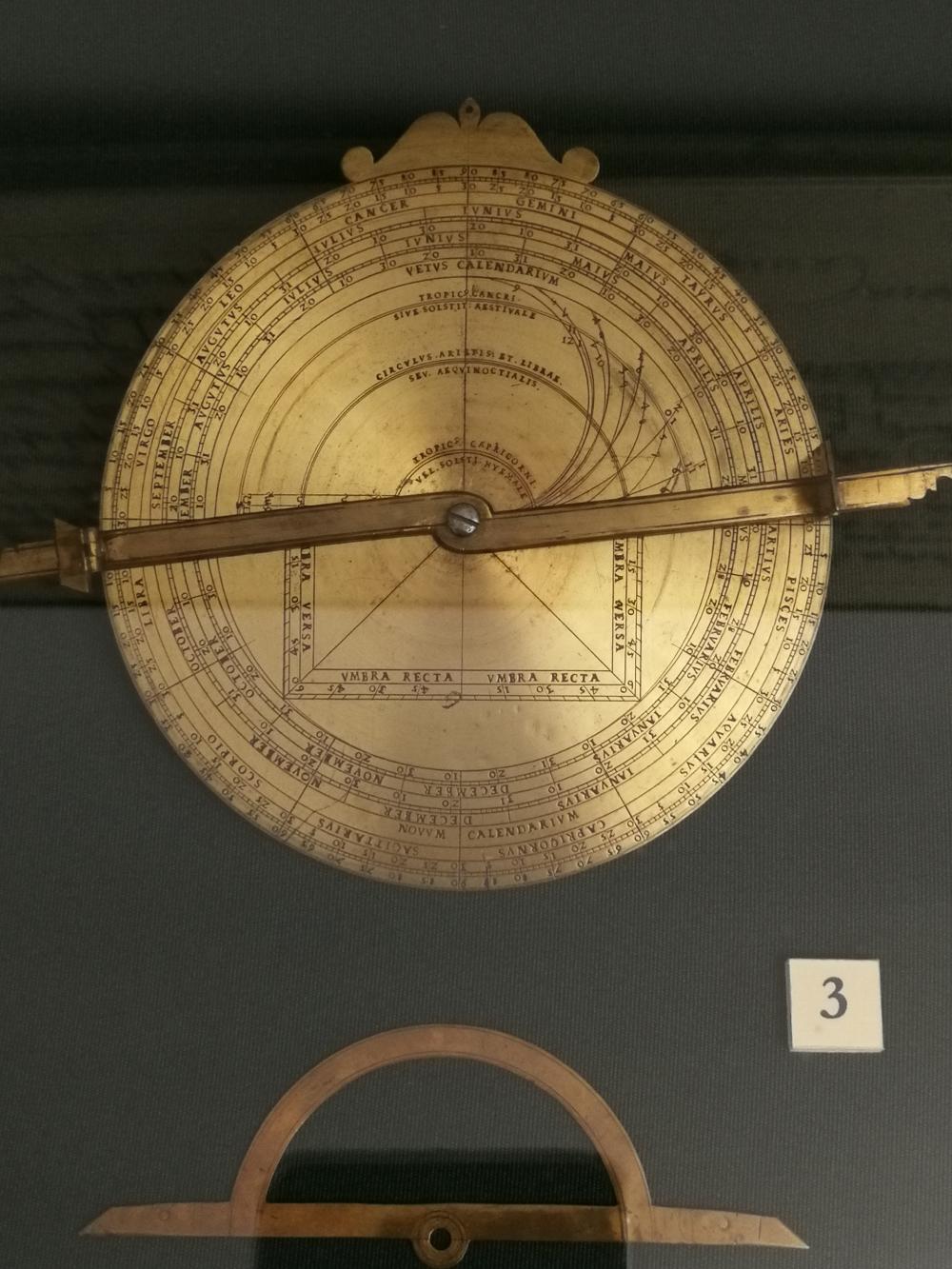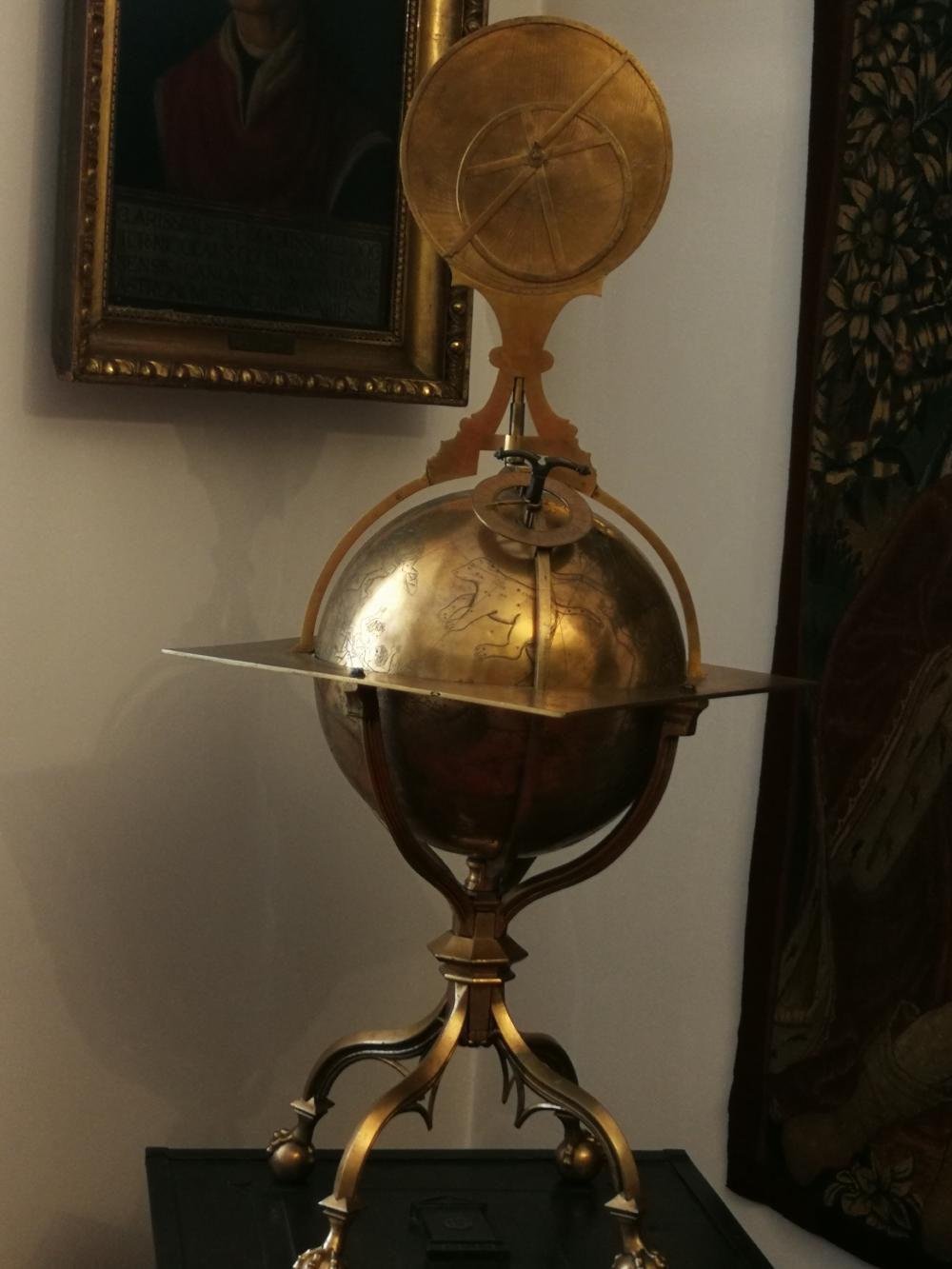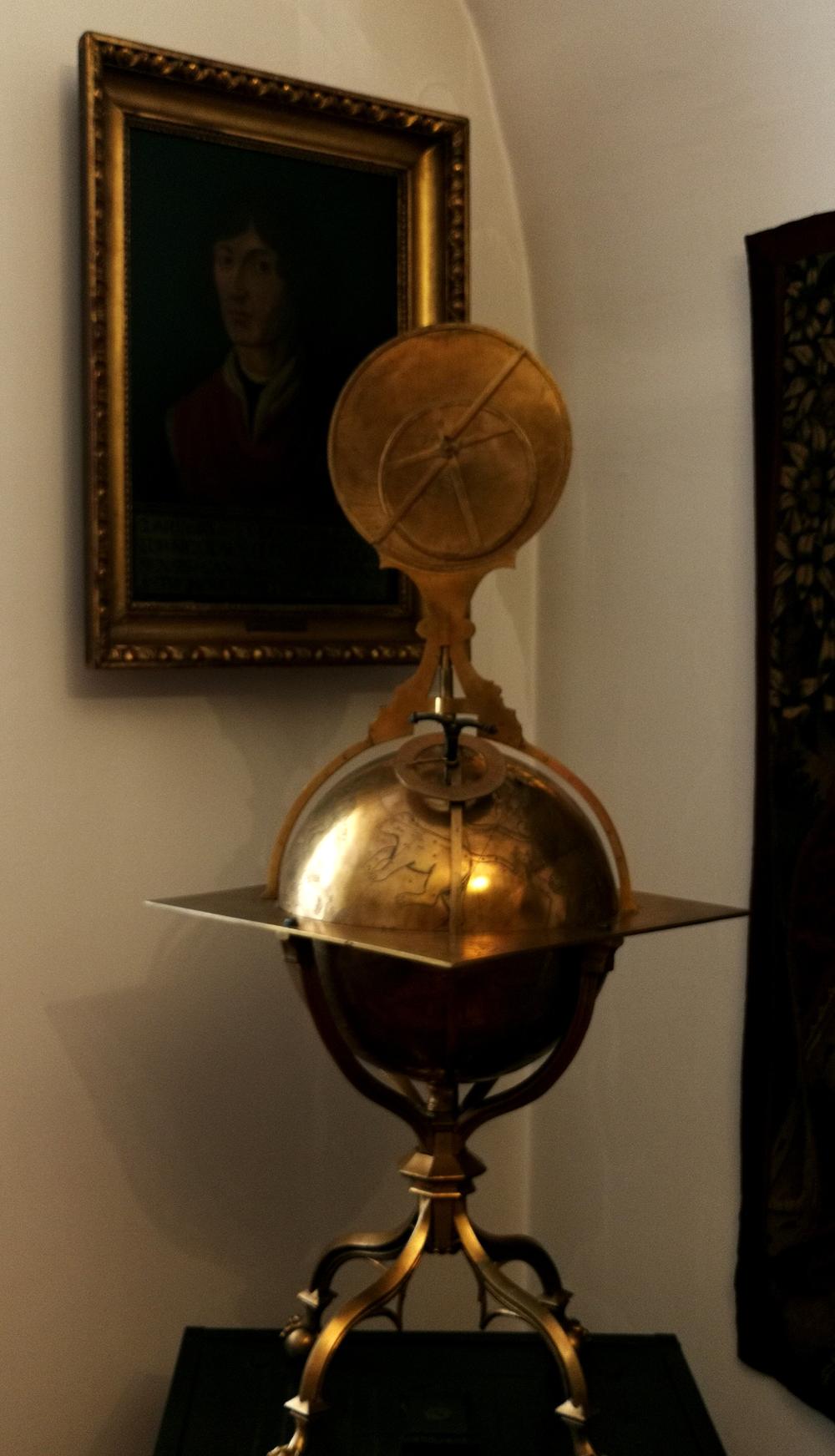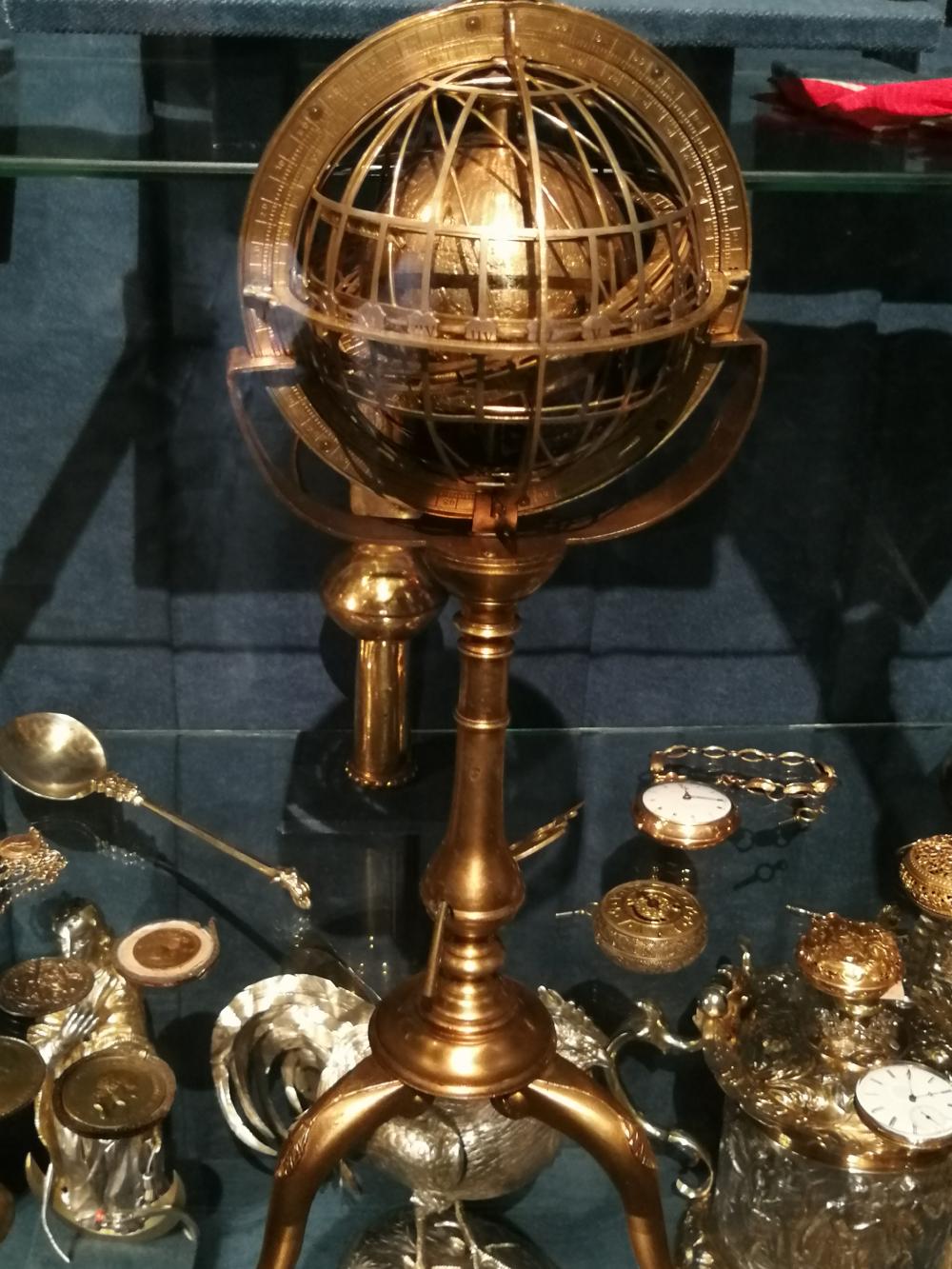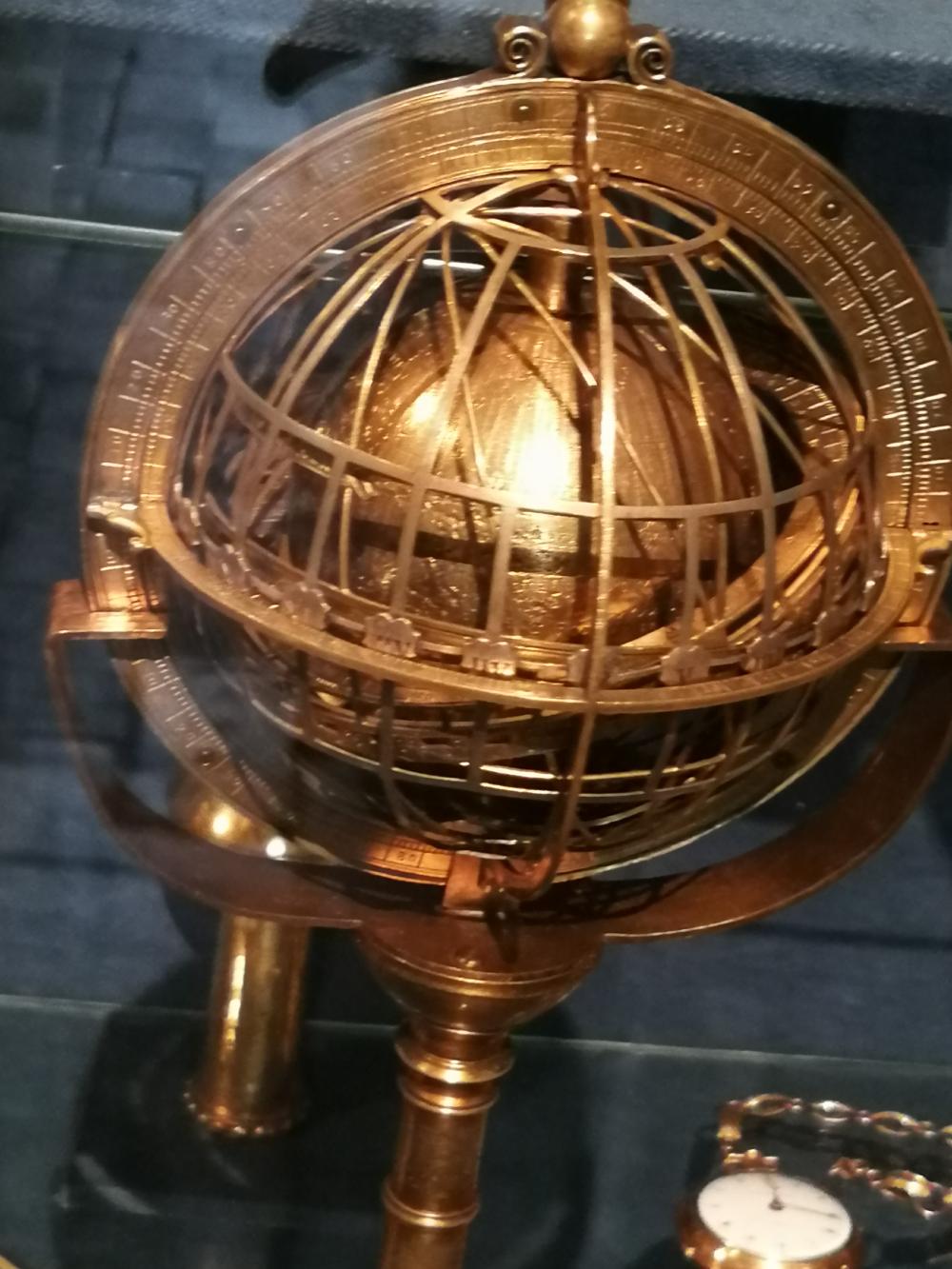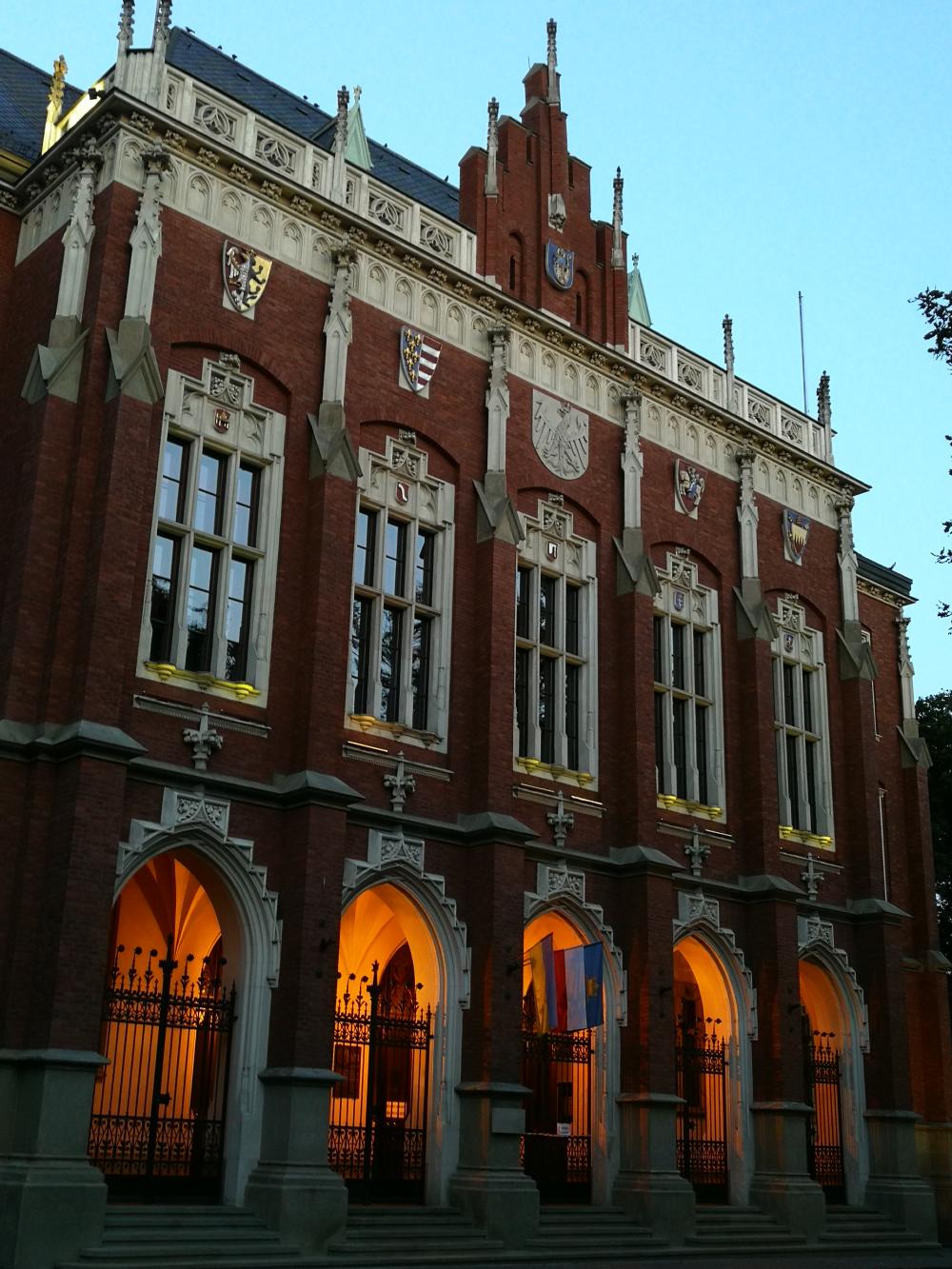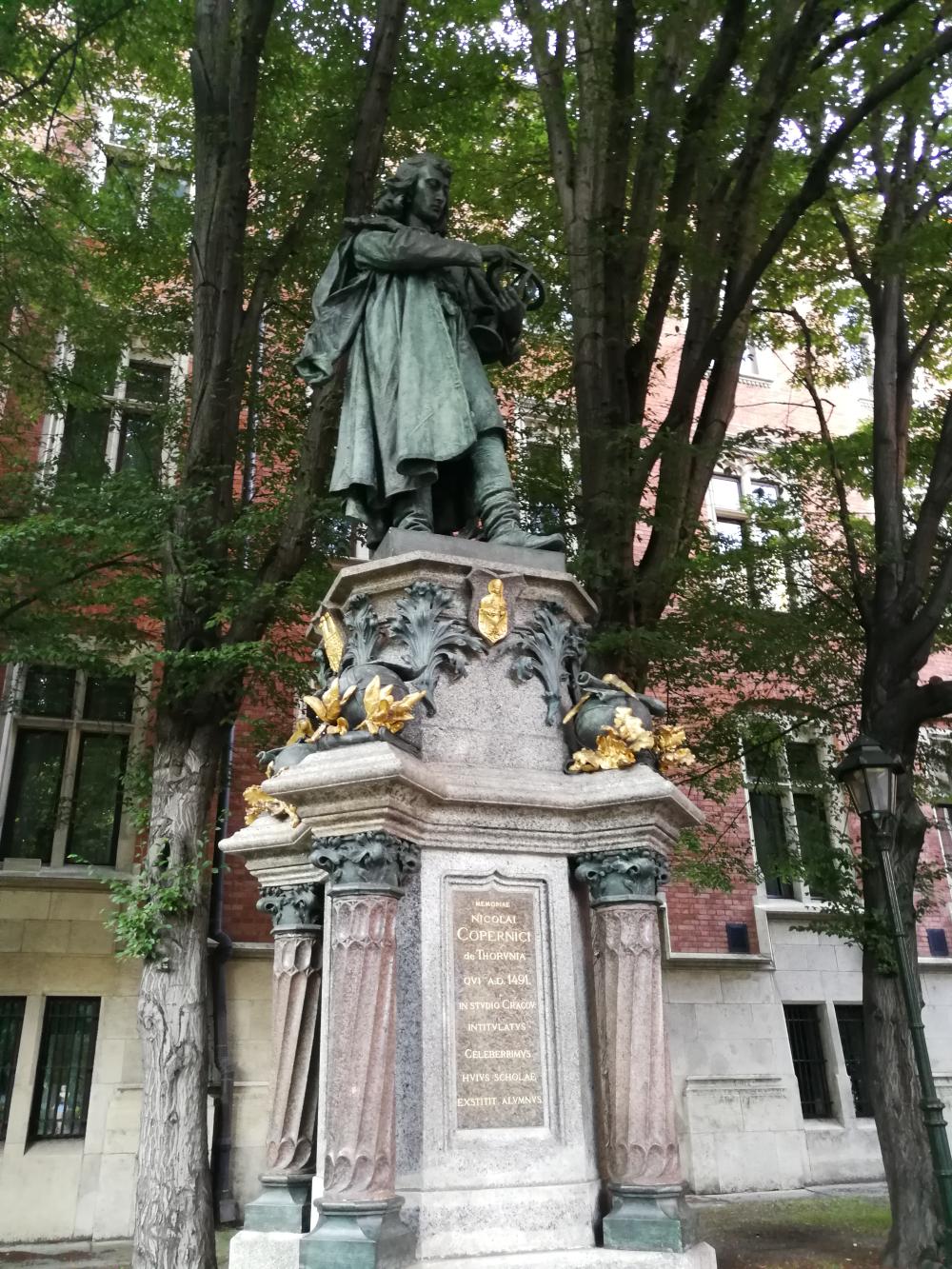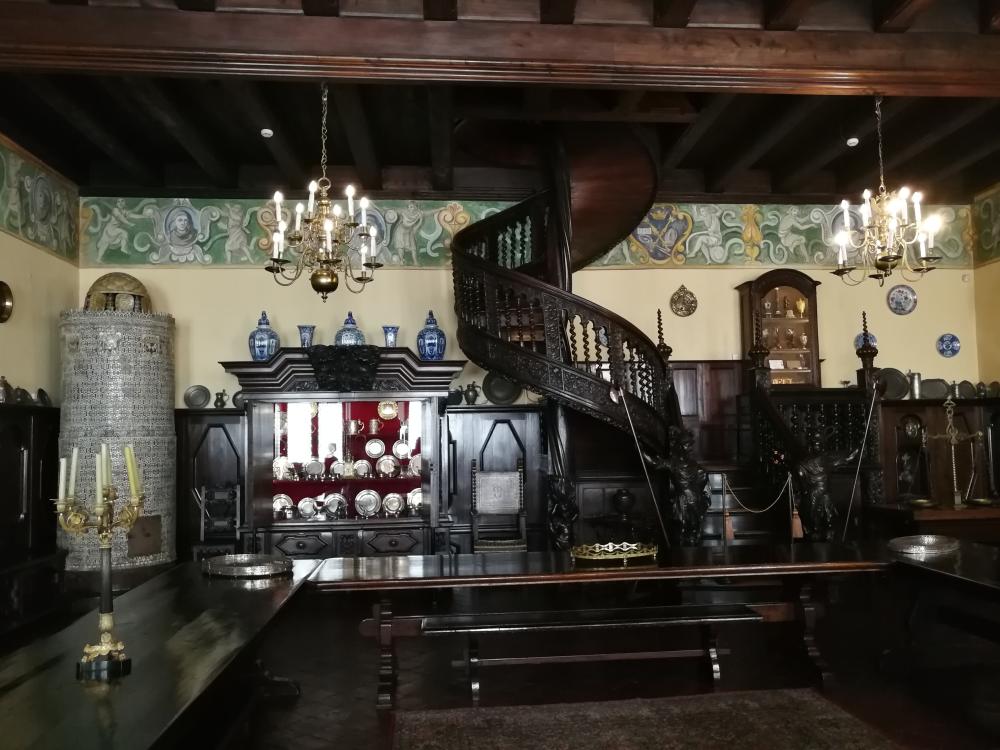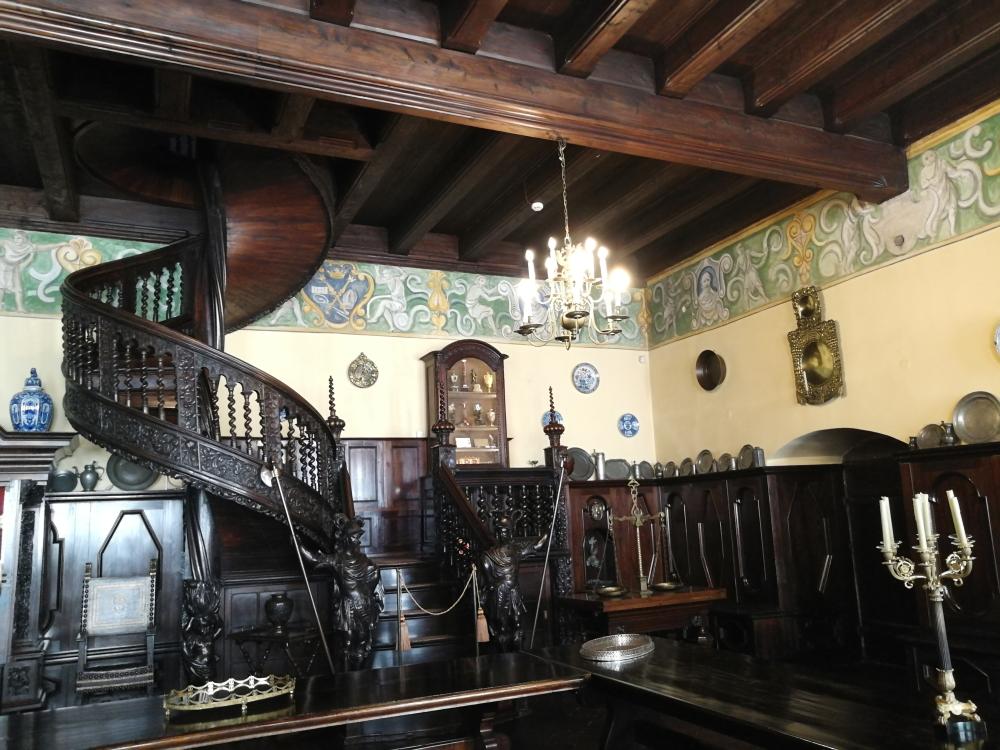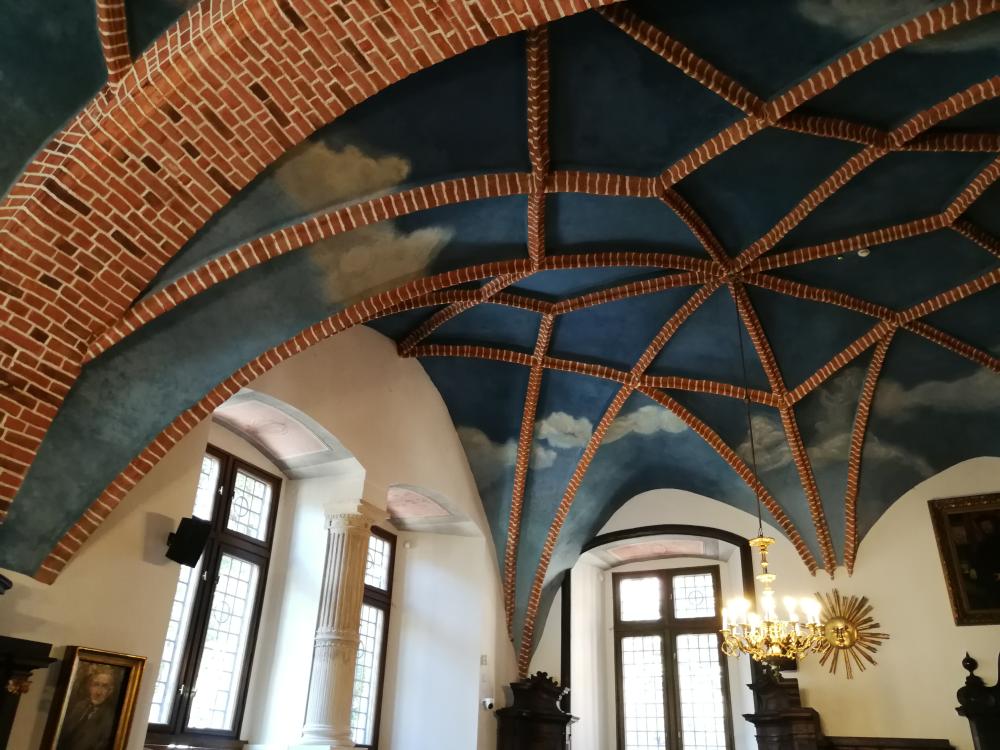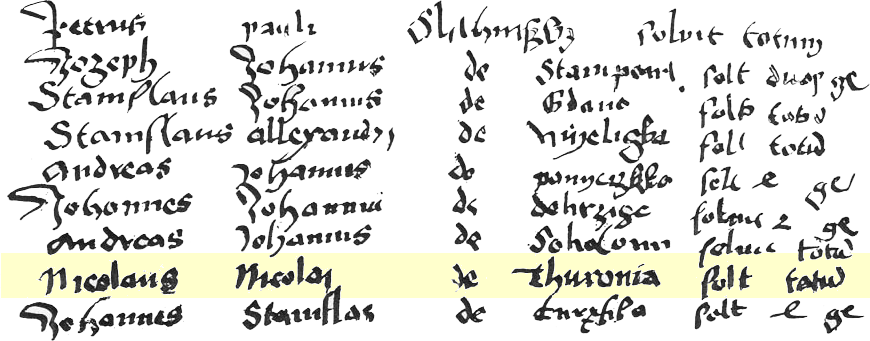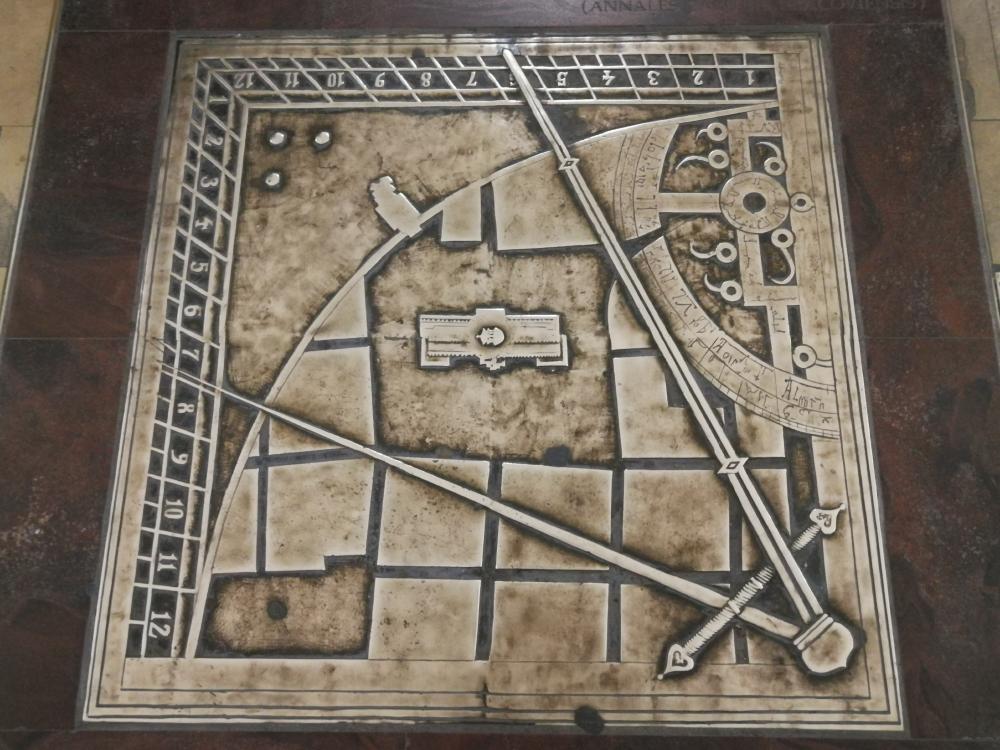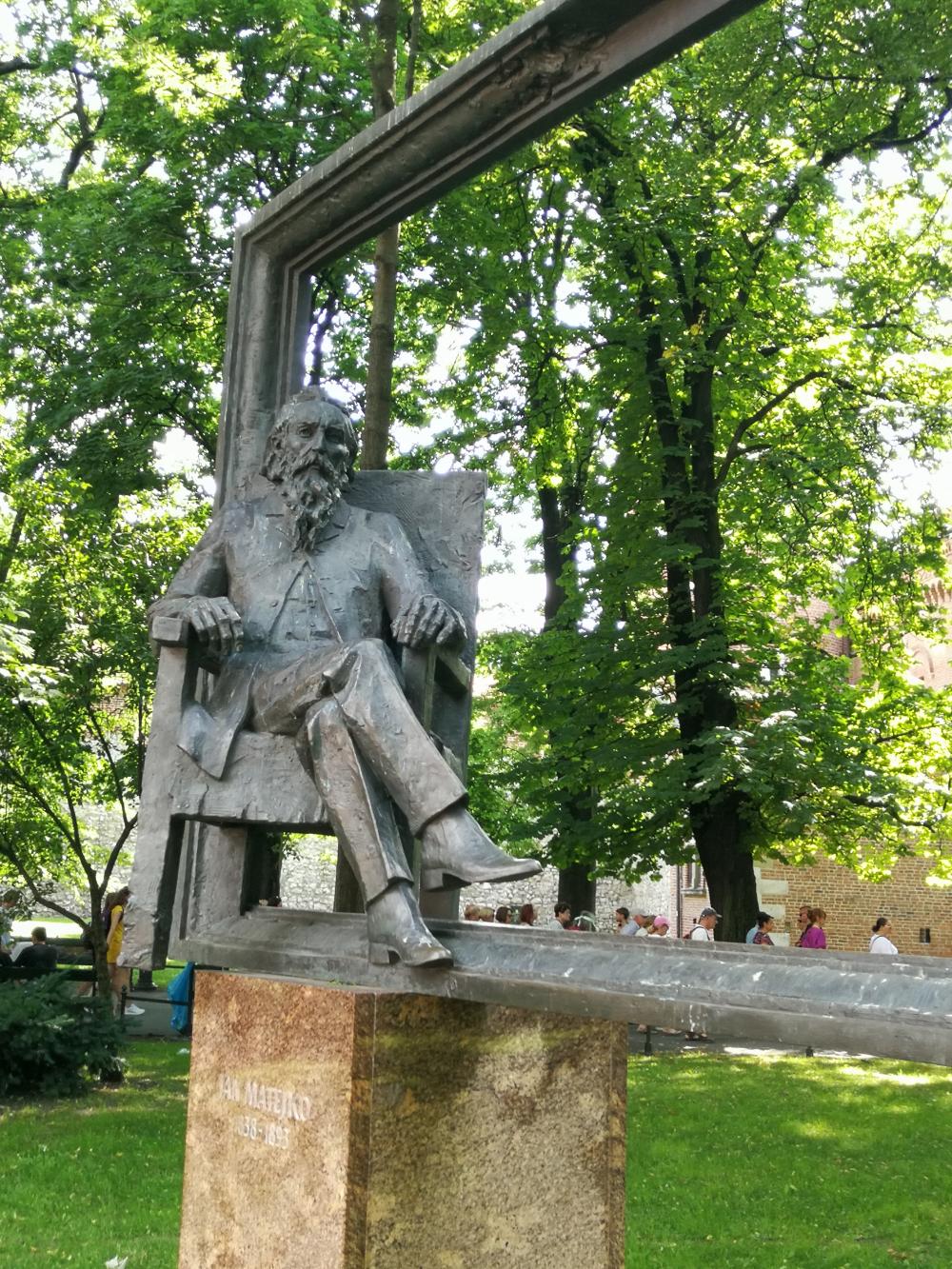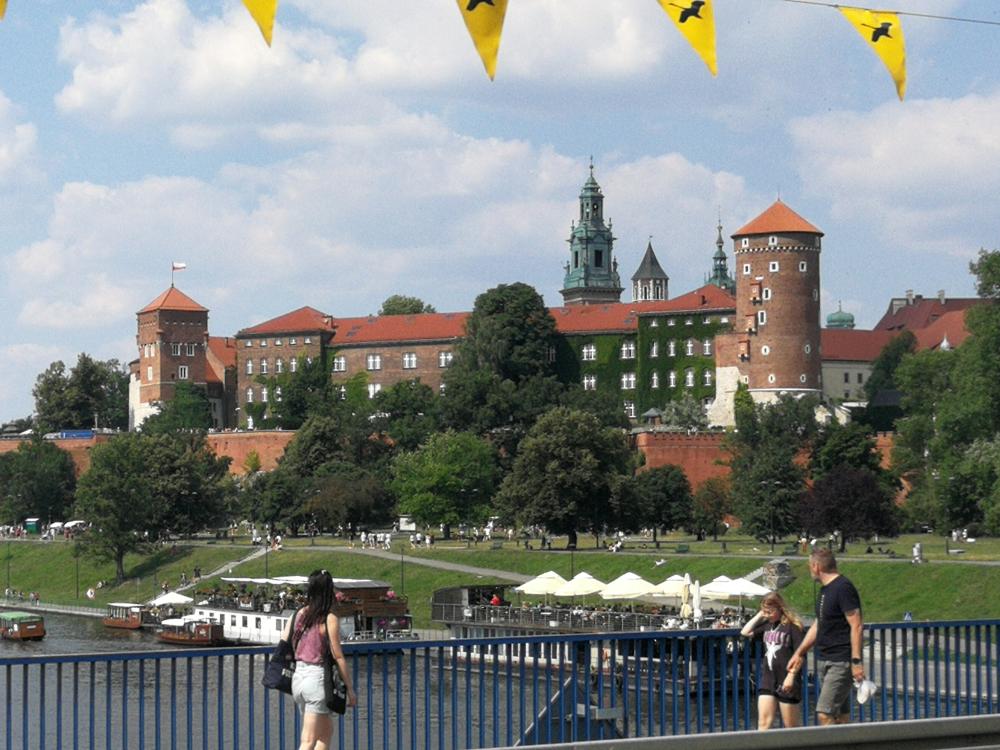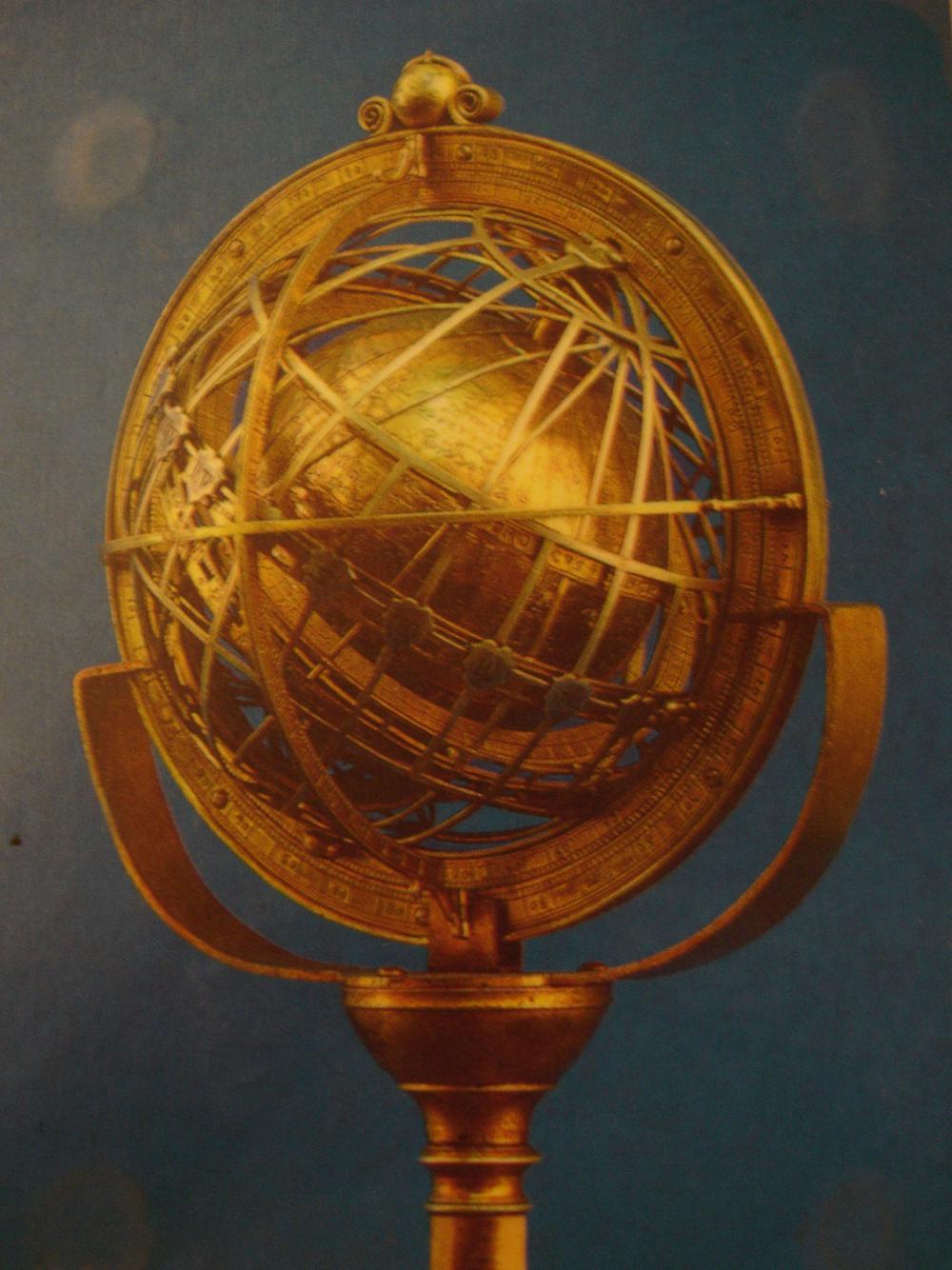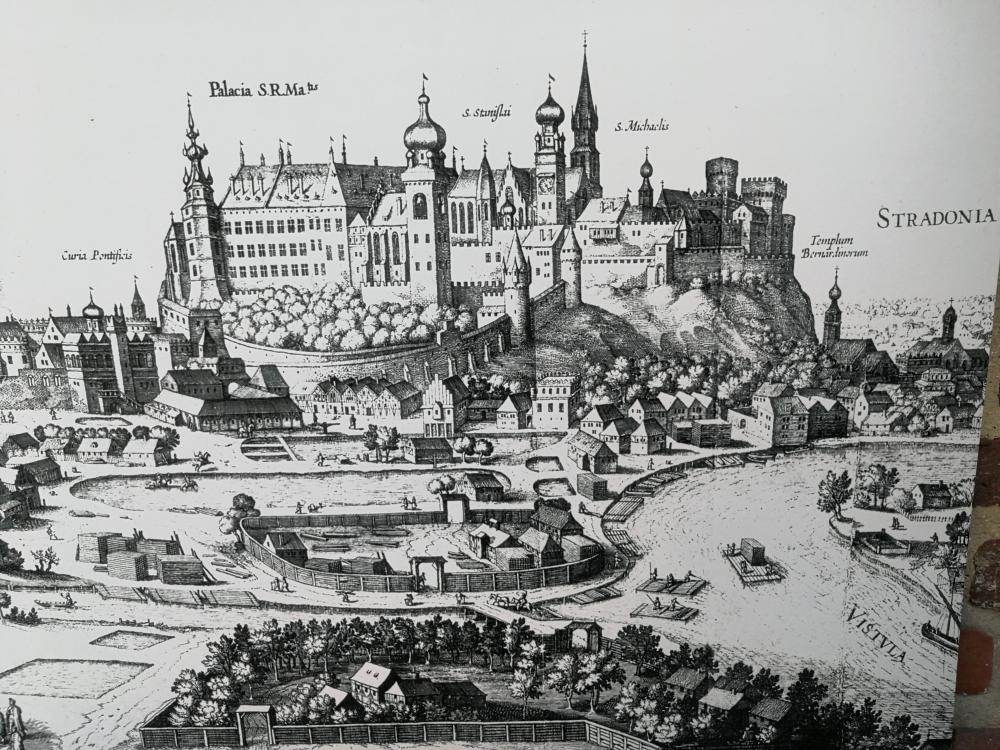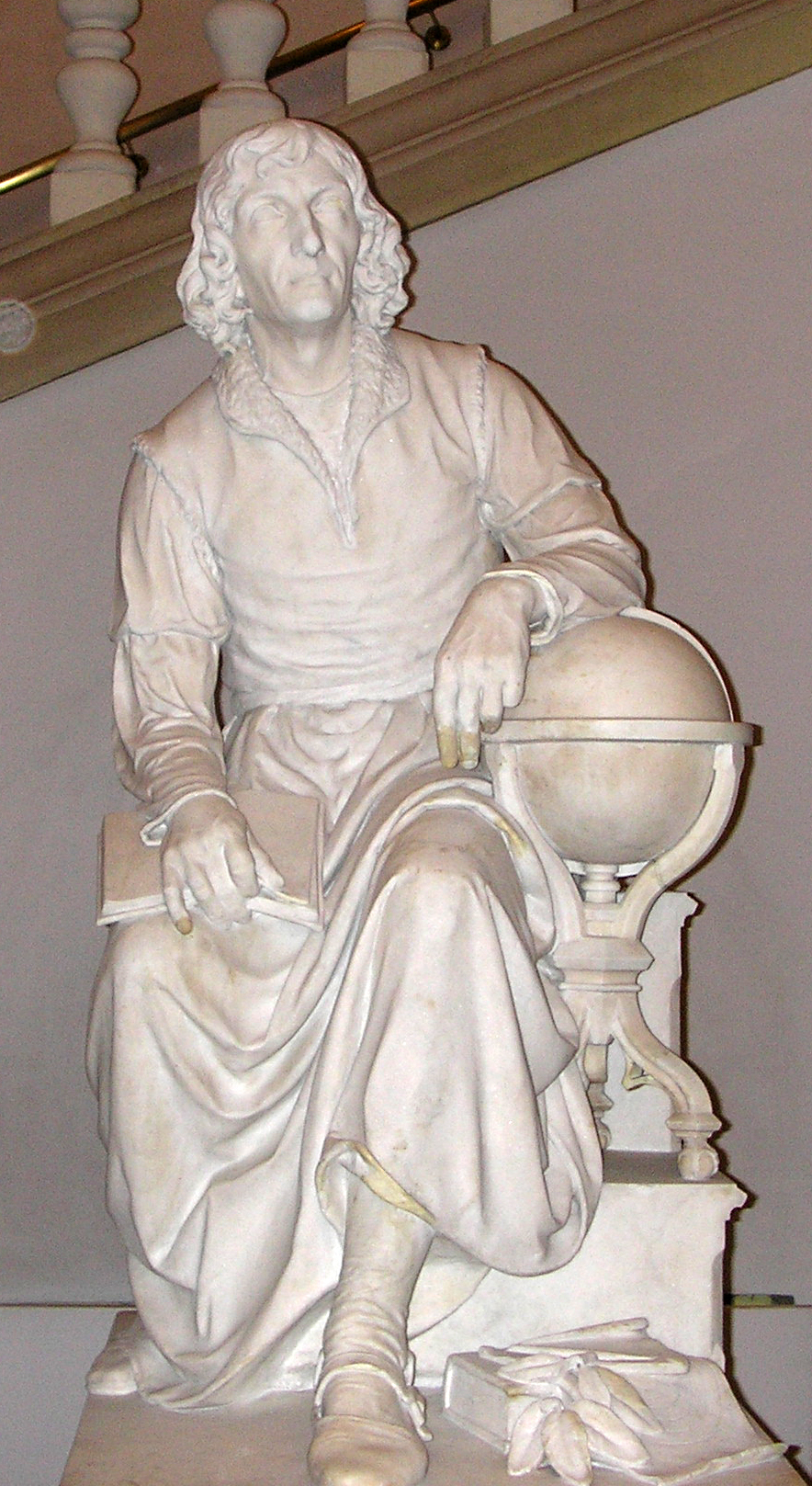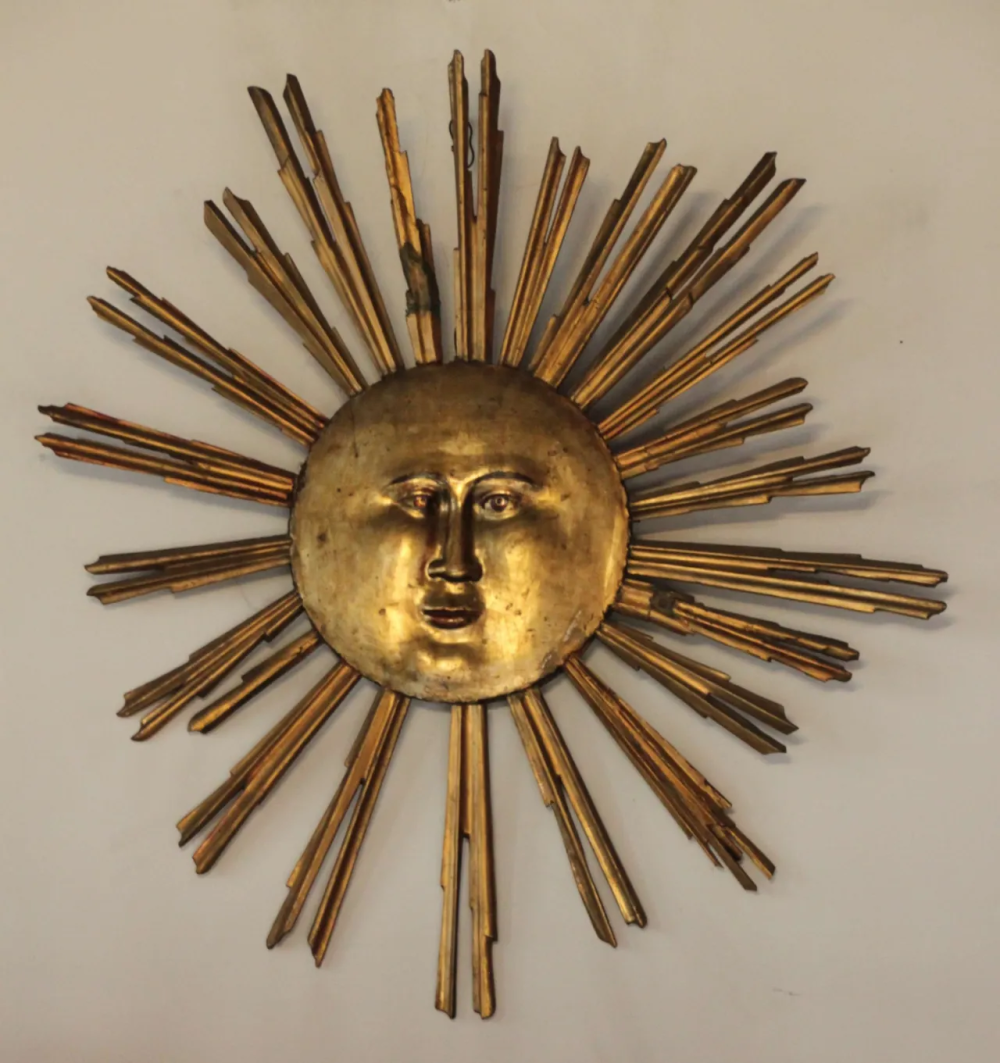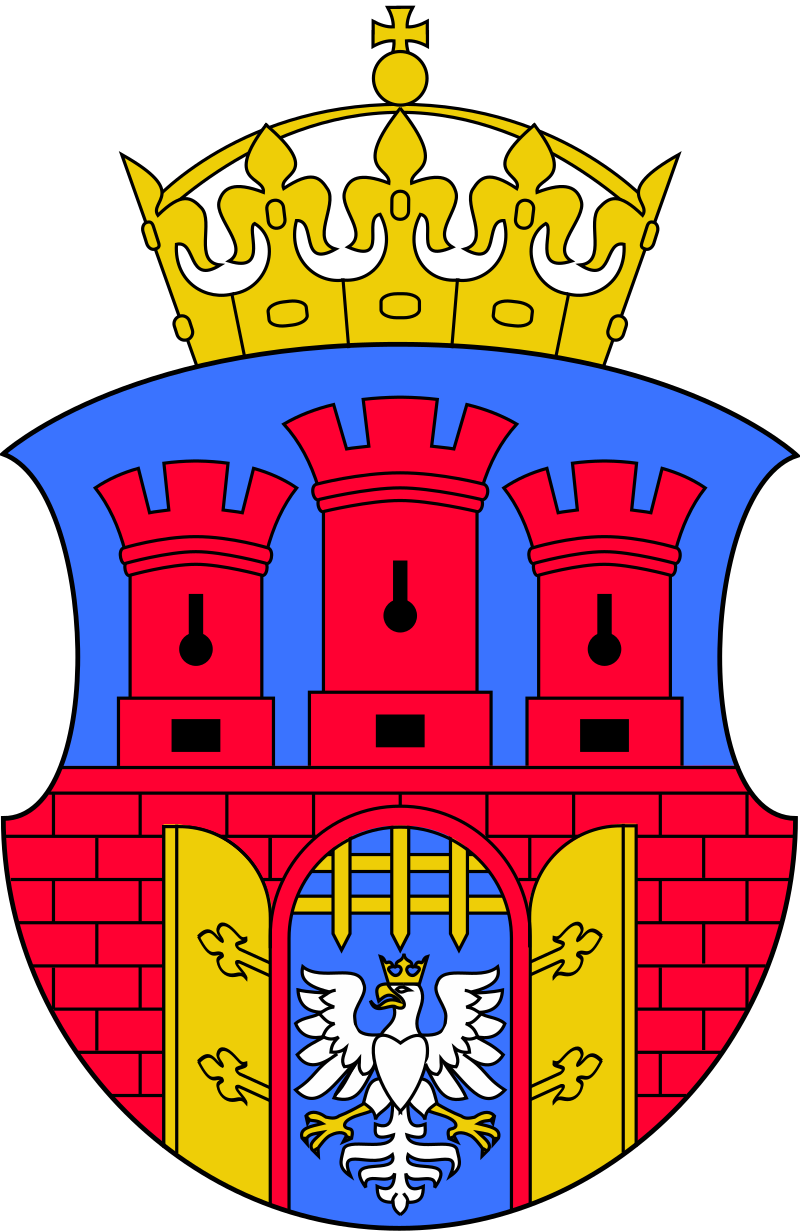
Category of Astronomical Heritage: tangible immovable
Collegium Maius at the time of Copernicus, Jagiellonian University, Kraków/Cracow, Poland

Description
Geographical position
Collegium Maius, Jagiellonian University, ul. Św. Anny 8, Stare Miasto, Kraków/Cracow, Poland
More places connected to Copernicus:
- Collegium Maius at the time of Copernicus, Jagiellonian University, Kraków/Cracow, Poland
- Heliograph (Astronomical Table), Olsztyn/Allenstein Castle, Poland
- Copernicus observing site in Frauenburg / Frombork, Poland
Location
Latitude 50°03’42" N, Longitude 19°56’02"E, Elevation ...m above mean sea level.
IAU observatory code
-
Description of (scientific/cultural/natural) heritage
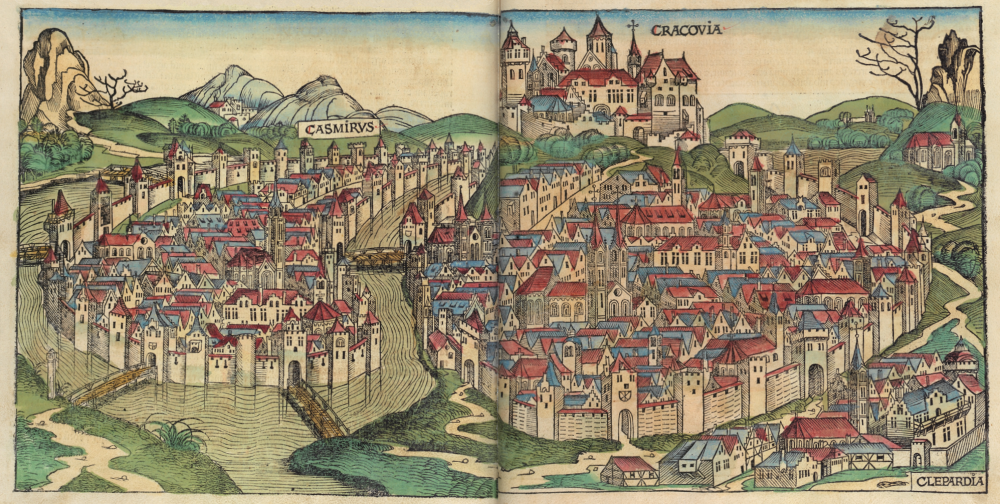
Fig. 1. Kraków in the time of Copernicus, Woodcut of Kraków from the Nuremberg Chronicle, Michel Wolgemut, Wilhelm Pleydenwurff (Schedel, Hermann: Liber Chronicarum. Nuremberg 1493, 264v/265r)
Krakau/Kraków is a very nice historical city: Bishopric (1000), capital of Poland (1038), and Casimir / Kazimierz (1335).
"In acknowledgement of Krakow's contribution to world culture, the city's historical and architectural Old Town was registered by UNESCO in the 1st World Cultural Heritage List in 1978. The decision states that Krakow grants to future generations this unique collection of monuments of ancient culture - outstanding works of art and architecture"
(http://www.museums.krakow.travel/en/project).
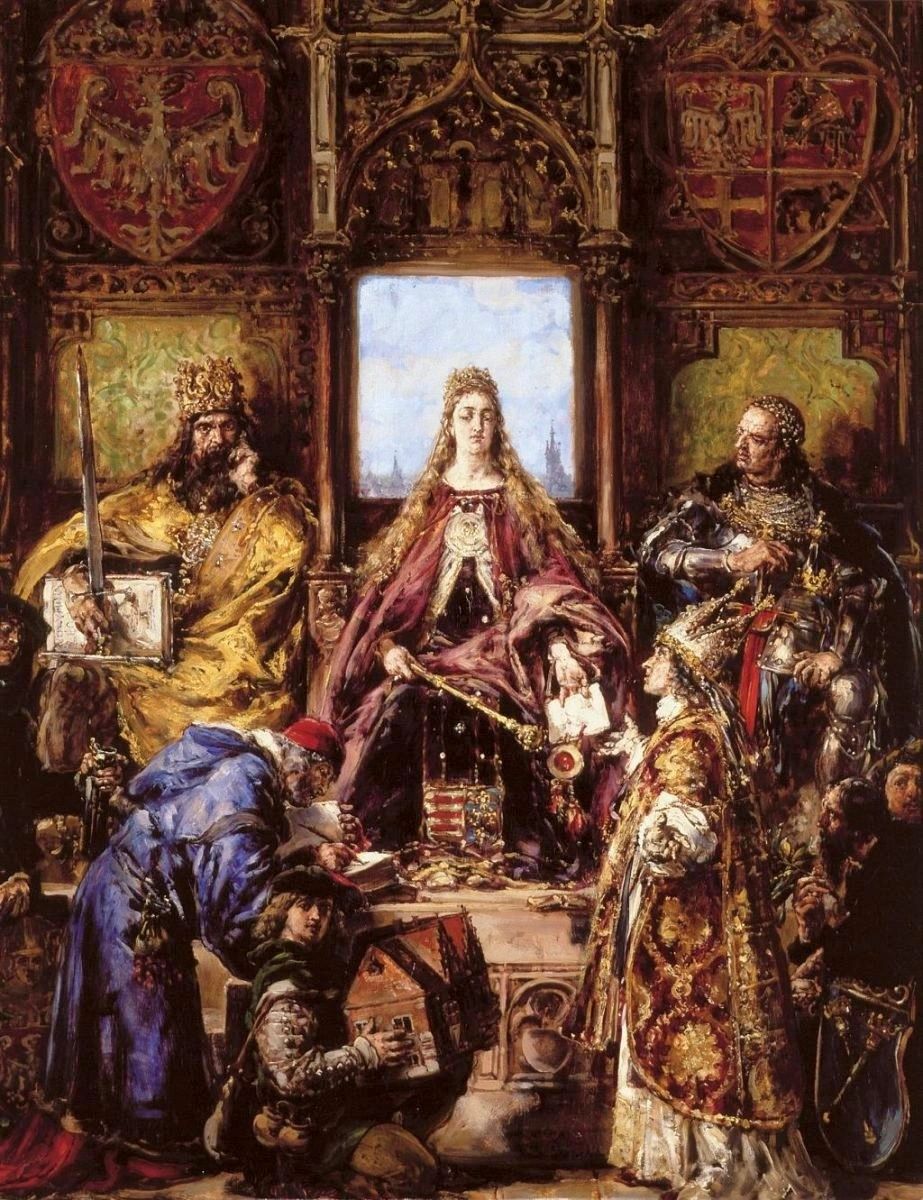
Fig. 2a. Founding of the University of Cracow in 1363, painting by Jan Matejko (CC)
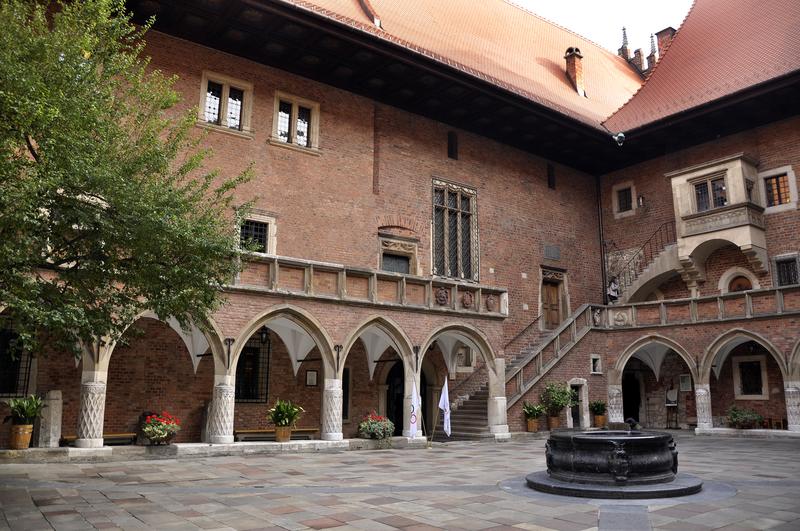
Fig. 2b. Collegium Maius, founded in 1492), (CC)
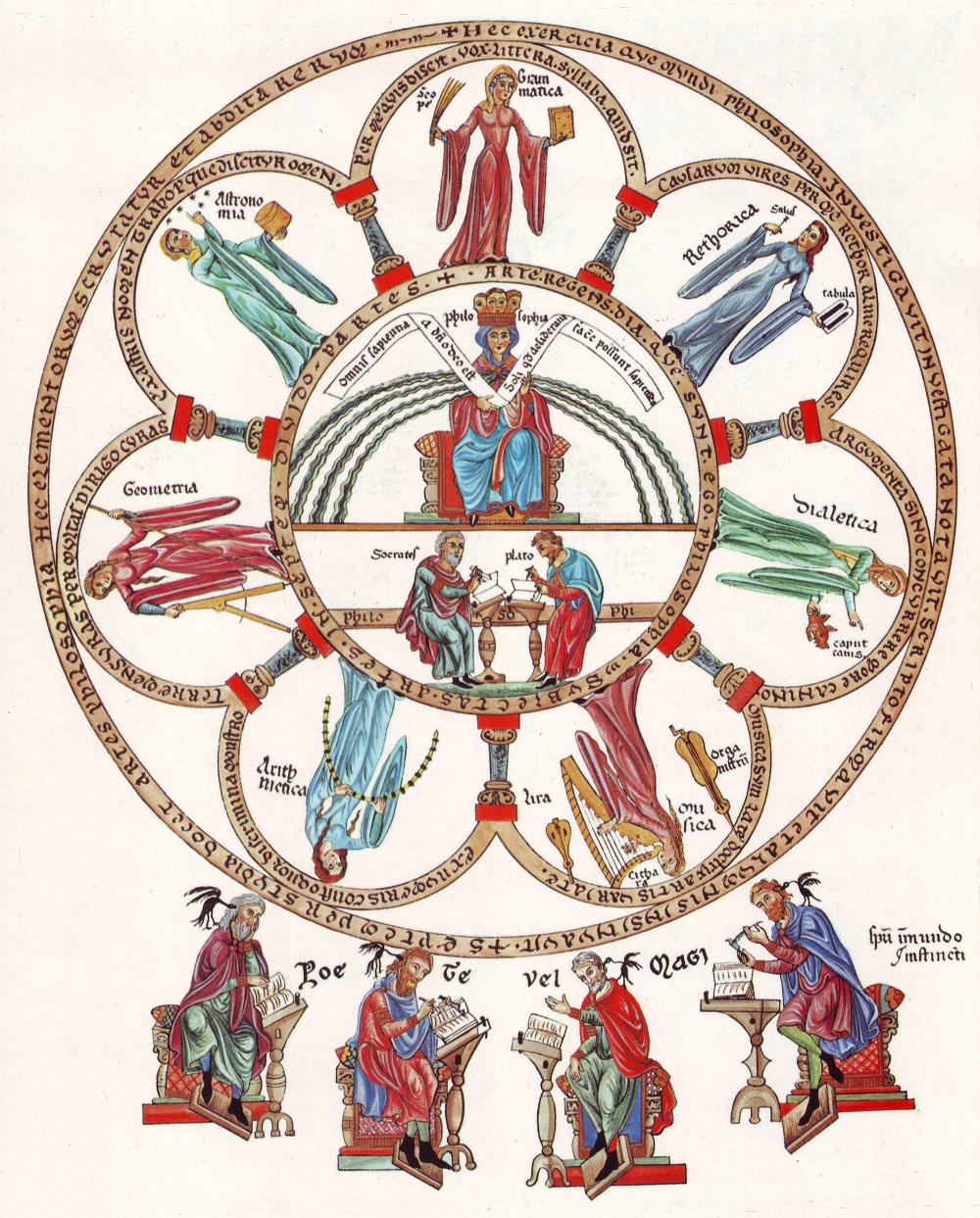
Fig. 2b. Hortus-Deliciarum Philosophy and Seven Free Arts (Herrad von Landsberg (1180)
The Jagiellonian University Cracow (Uniwersytet Jagielloński Kraków), founded in 1364 by the Polish King Casimir the Great (after Charles University Prague, *1348), was one of the oldest universities in Europe. The Studium Generale comprised in the beginning only three faculties: of liberal arts, medicine and law.
The University was re-founded by King Vladislaus Jagiello (1400). Already in 1397, the faculty of theology was added.
The oldest, main college was at first called the Collegium Regium, and then Collegium Maius. The Collegium Maius in late-Gothic style, ul. Św. Anny 8 (*1492) with the court yard, Porta Aurea (1494), and Stuba communis is well preserved.
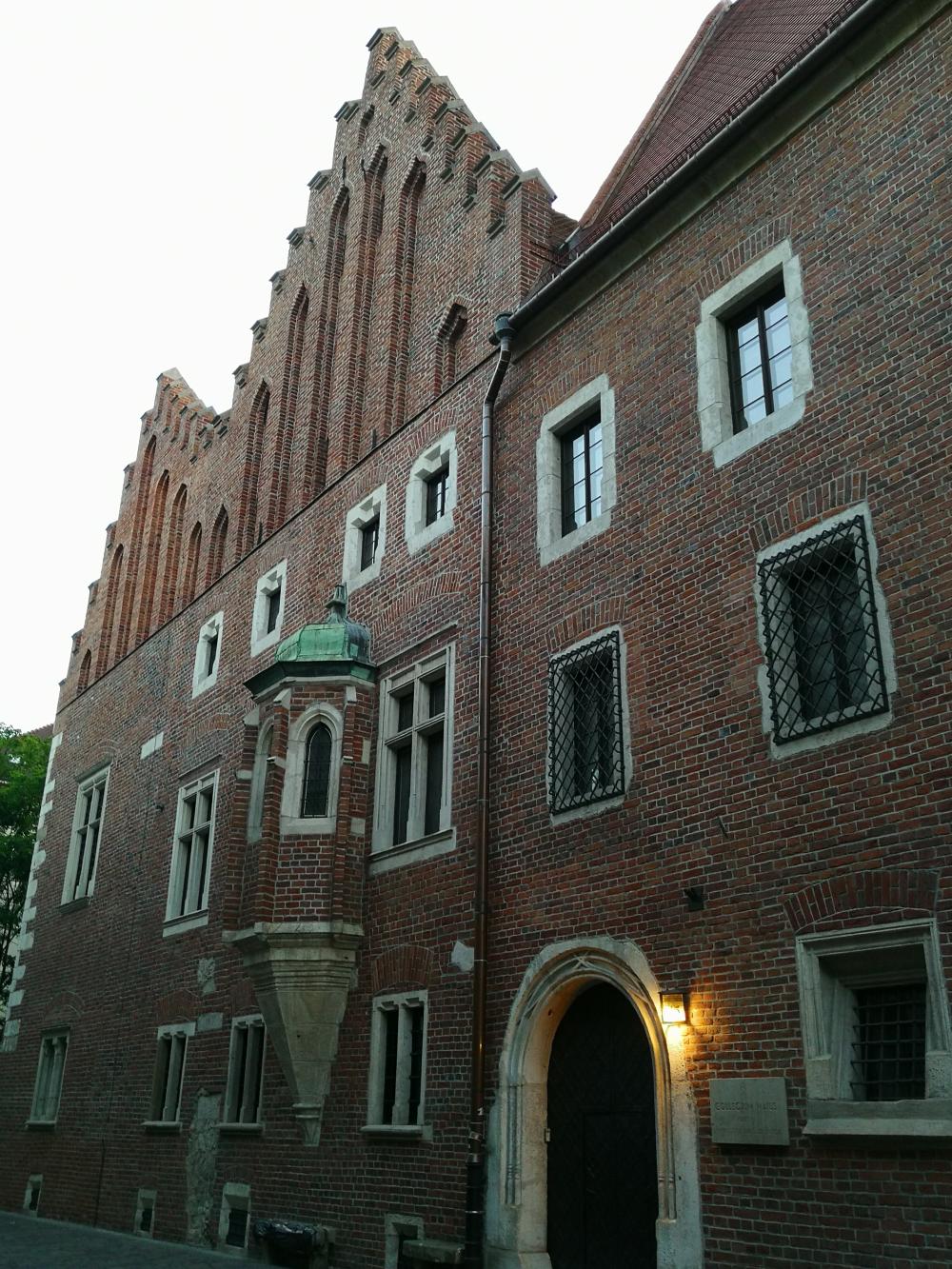
Fig. 2c. Collegium Maius with oriel / bay window (*1492), (Photo: Gudrun Wolfschmidt)

Fig. 2d. Collegium Maius, ul. Św. Anny 8, (Photo: Gudrun Wolfschmidt)
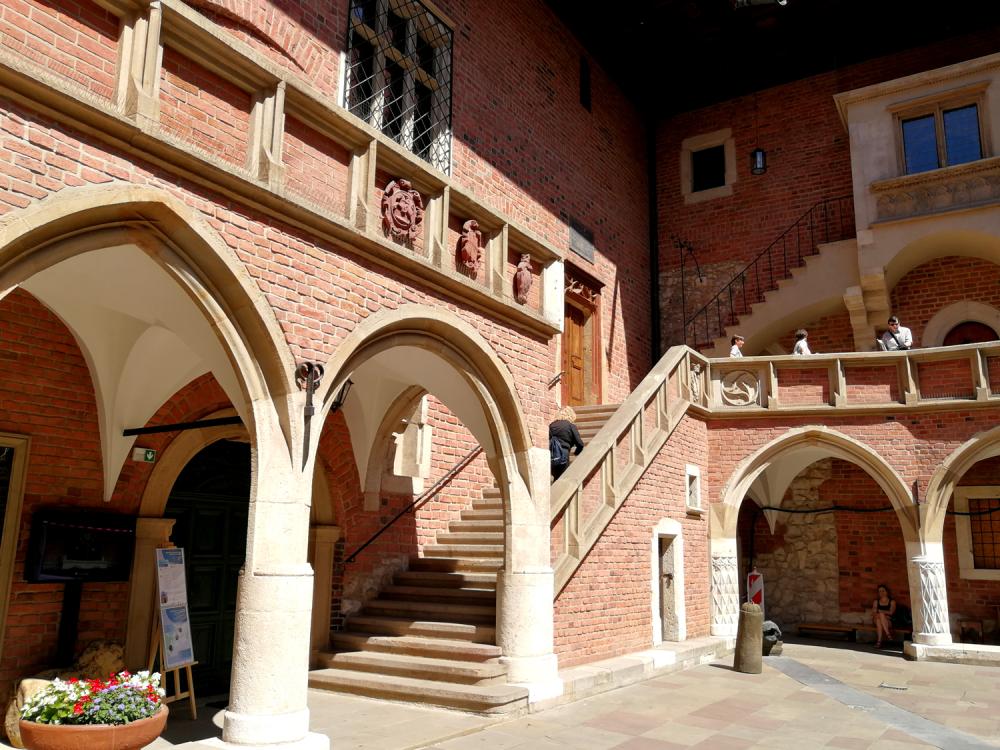
Fig. 3a. Court yard of Collegium Maius (*1492), (Photo: Gudrun Wolfschmidt)
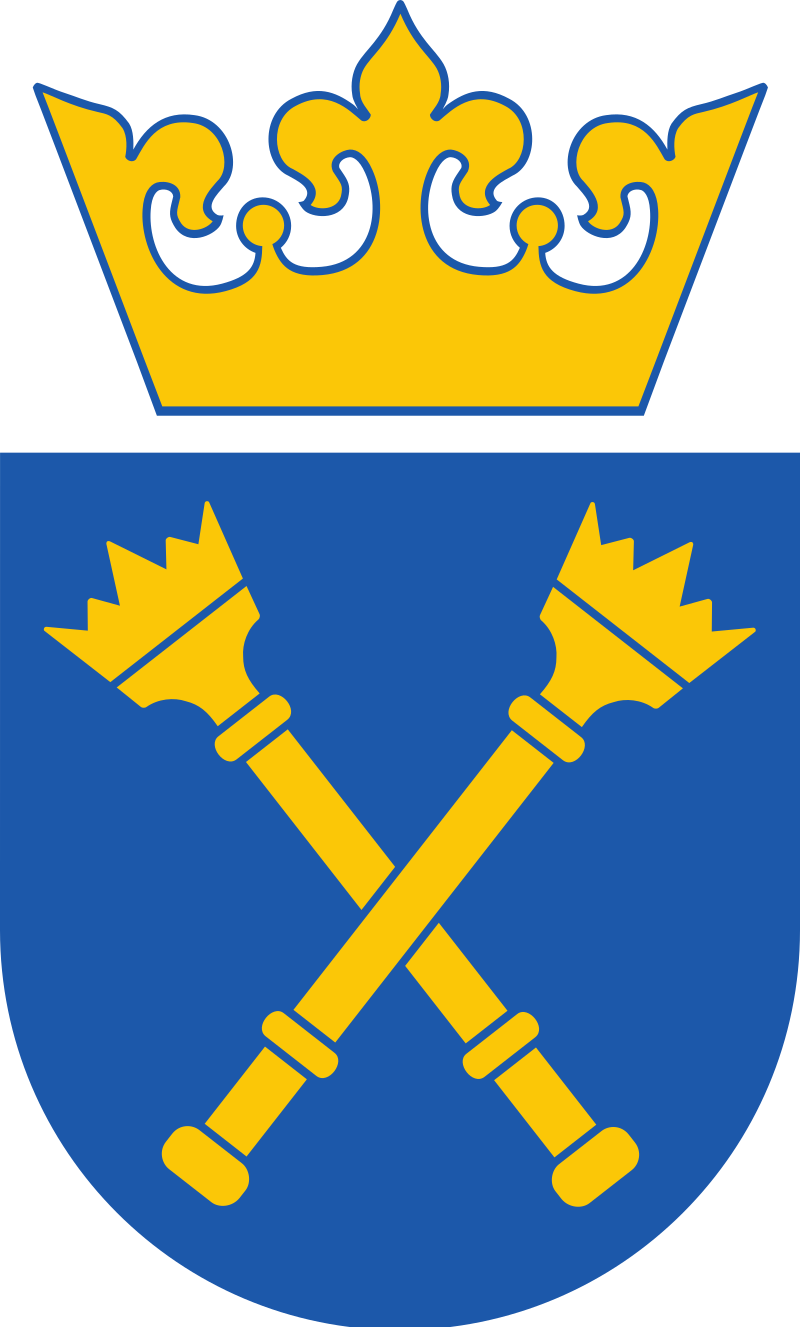
Fig. 3b. Coat of Arms of the Jagiellonian University Kraków (CC)
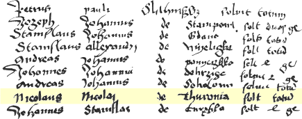
Fig. 3c. Copernicus' matriculation (1491), (Photo: Gudrun Wolfschmidt)
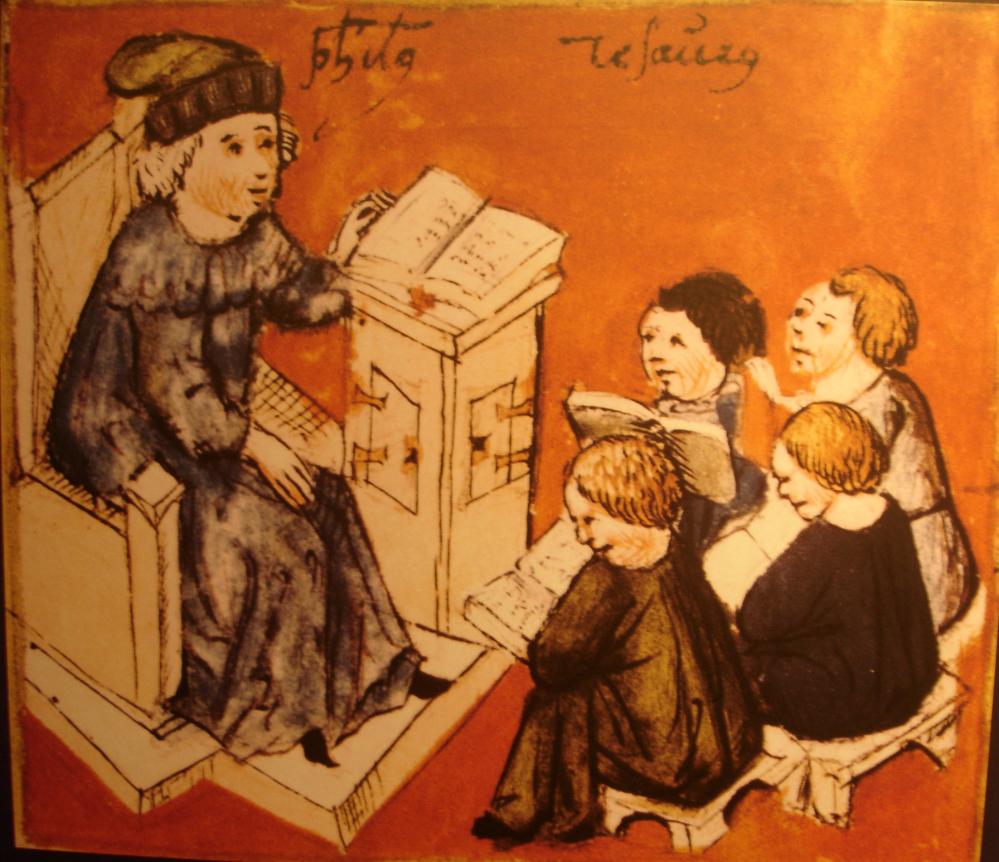
Fig. 3d. Students in the Collegium Maius of the Jagiellonian University (Photo: Gudrun Wolfschmidt)
Copernicus studied in Kraków from 1491 to 1495 the <i>Seven Liberal Arts</i> (Septem artes liberales):
- Quadrivium: Astronomy, Arithmetic, Geometry, Music, especially Astronomy
- Trivium: Grammar, Rhetoric, Dialectic.
"In Krakow, on St. Annen Street, there is the University, which is most illustriously known through many famous and learned men. All sciences are cultivated there: the study of rhetoric, poetics, philosophy, and physics. But astronomy is most highly developed there, and as I know from many people, there is in this respect no more famous university in all of Germany."
(Hermann Schedel (1440--1514): Liber Chronicarum. Nuremberg 1493)
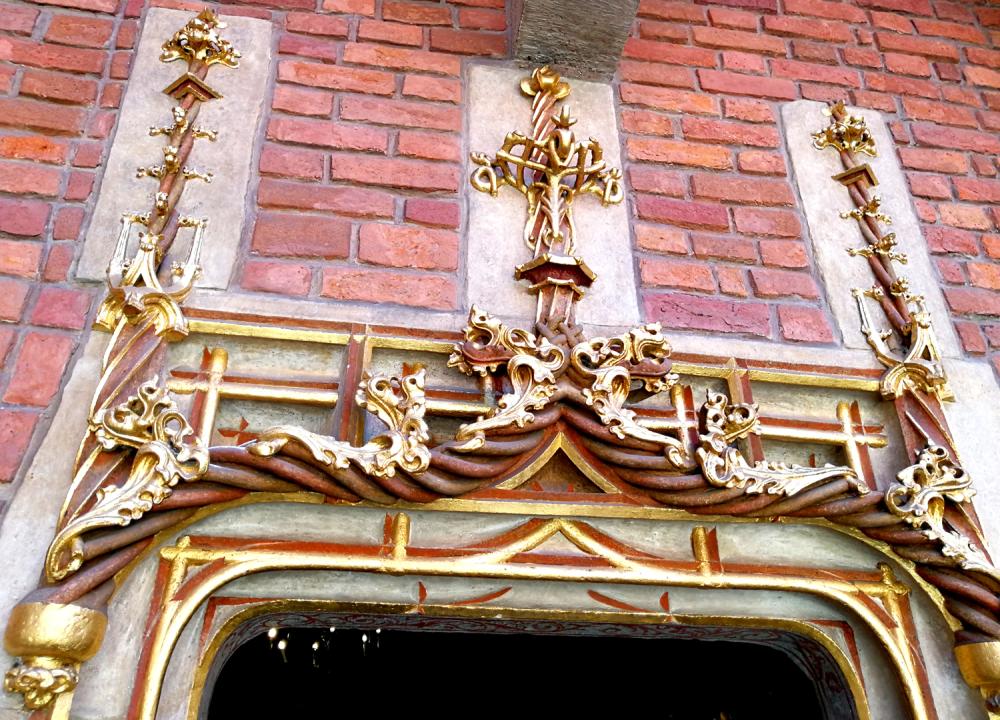
Fig. 3c. Porta Aurea (1494) of Collegium Maius, (Photo: Gudrun Wolfschmidt)
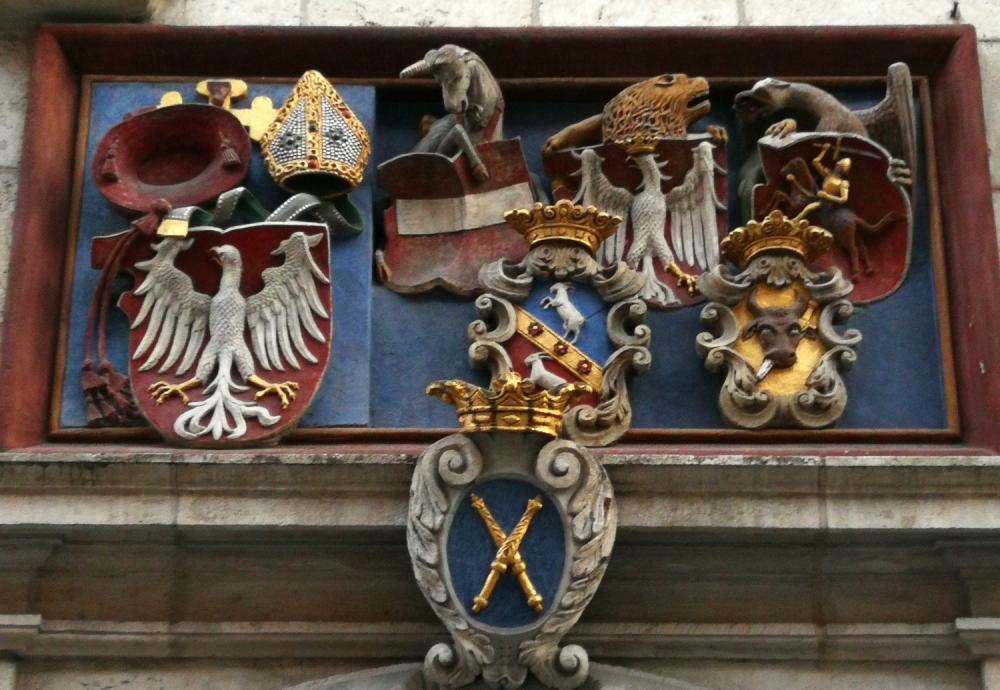
Fig. 3d. Coat of Arms of Collegium Maius, (Photo: Gudrun Wolfschmidt)
The portable astronomical instruments of Marcin Bylica (1433--1493), a donation to the University in 1493, have been preserved to this day in the Jagiellonian University Museum.
These instruments prove that observational, not only theoretical, astronomy was practiced in Kraków -- Nicolaus Copernicus (1473--1543), the most outstanding student of the Jagiellonian University from 1491 to 1496, may had access to the instruments or at least could study them.

Fig. 4a. Nicolaus Copernicus (1473--1543) in the Collegium Maius, (Photo: Gudrun Wolfschmidt)
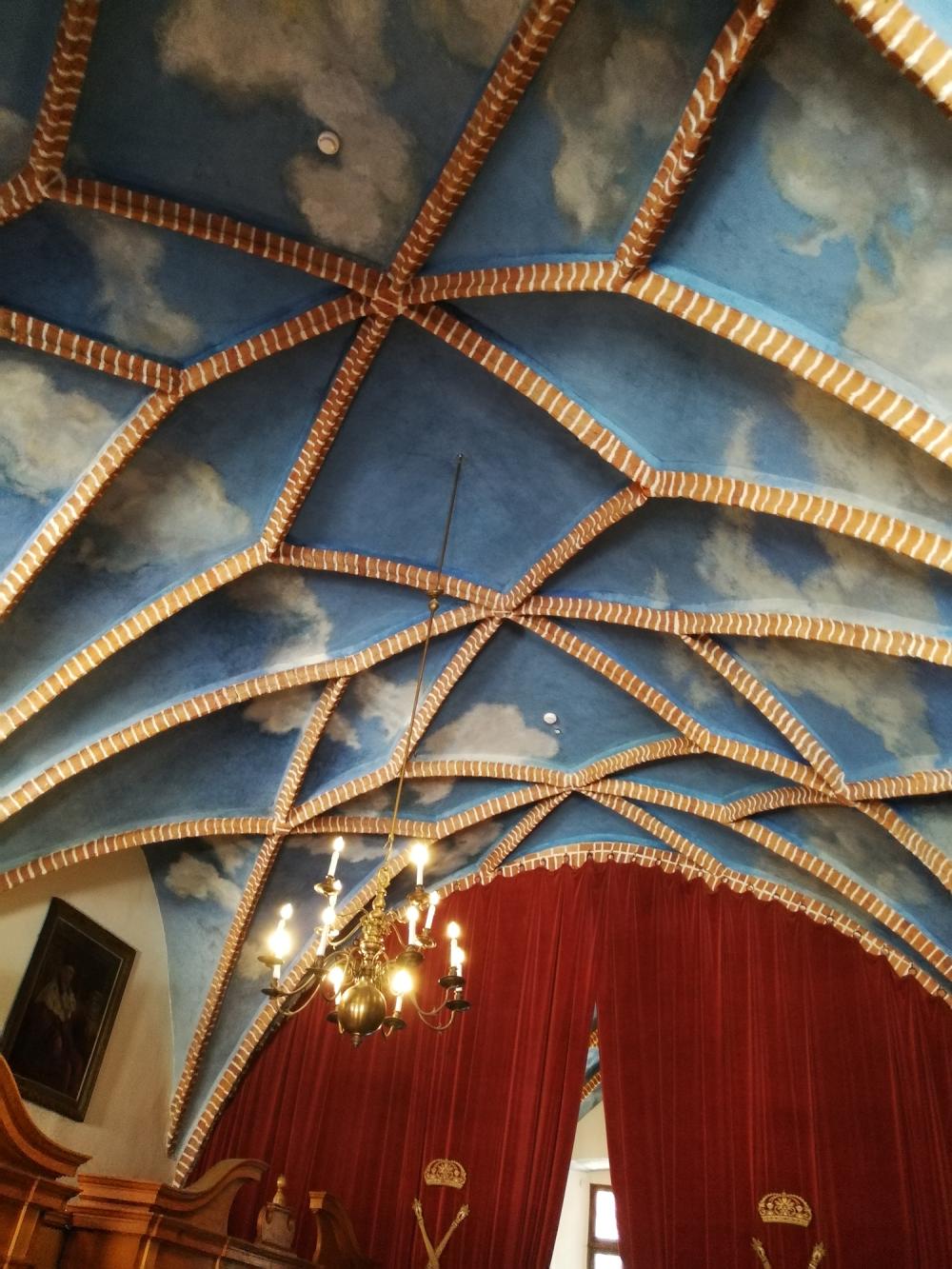
Fig. 4b. Library Hall in Collegium Maius, (Photo: Gudrun Wolfschmidt)
The excellent astronomical tradition of the Cracow University, dating back to the 15th century, did not continue.
But the astronomical traditions of the Cracow Academy of the 15th century were forgotten, and the heliocentric theory of Copernicus was not accepted. The curriculum, including lectures in astronomy according to Ptolemy and Peuerbach, was compulsory until the 18th century.
After the University reforms during the years 1777 to 1786, the four faculties were replaced with two colleges: the Collegium Morale (theology, law and literature) and the Collegium Physicum (mathematics, physics and medicine).
And in 1782, the Cracow Observatory was founded, located in the Botanical Garden. The famous astronomer Jan Śniadecki (1756--1830) became director.
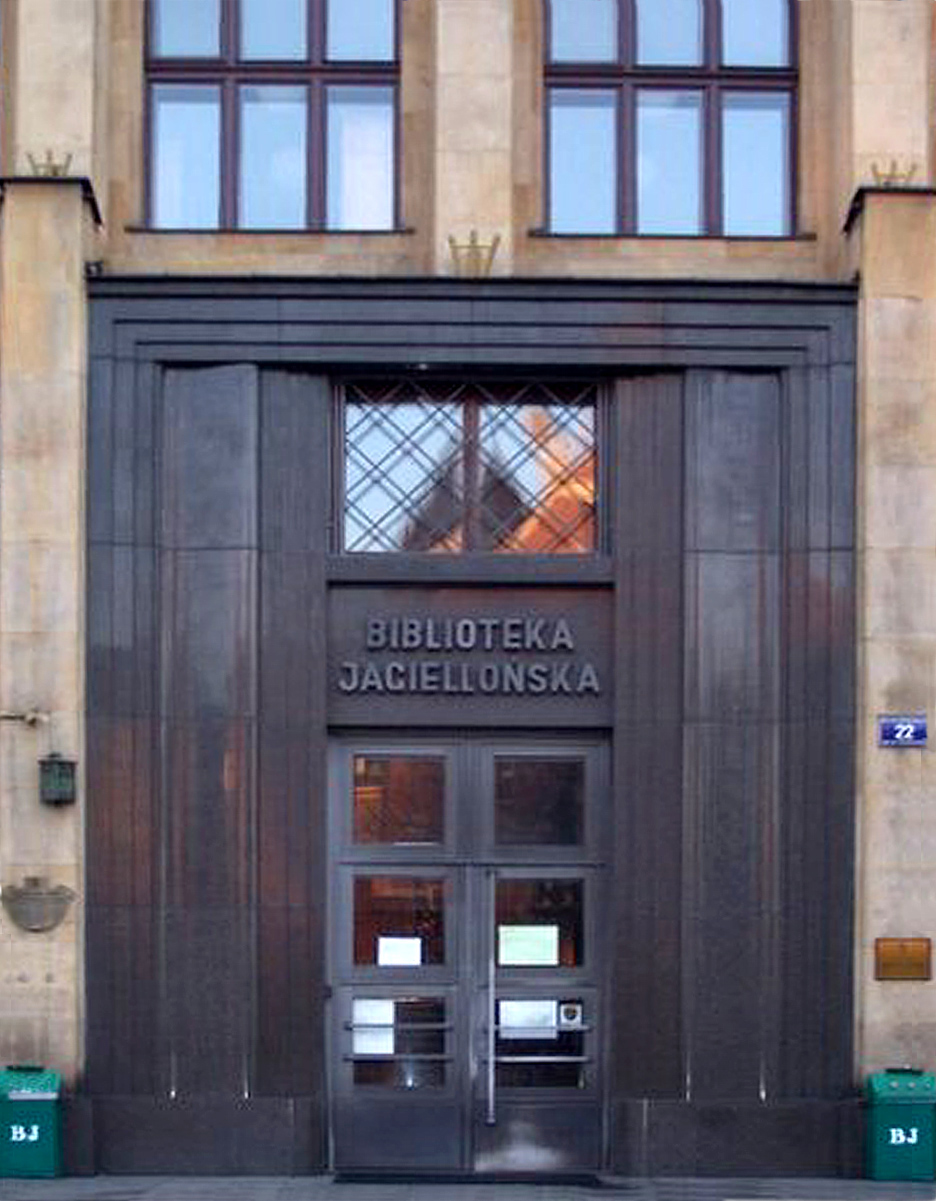
Fig. 5a. Biblioteka Jagiellonska (CC2.5, Rymarek)
-by-BJ.jpg)
Fig. 5b. Copernicus manuscript of De revolutionibus in Biblioteka Jagiellonska
The Library was since 1515 in a separate wing of Collegium Maius. The gothic reading room, Sala Obiedzinskiego, was named after the sponsor, theology professor Tomasz Obiedziński (1515). Copernicus' autograph came from Prague to Kraków via an exchange of manuscripts.
In total, 277 copies of about 400 printed of Copernicus' opus magnum have been preserved to this day (Gingerich 2004, 2002).
Fourteen of them belong to the collections of Polish libraries in Kraków, Posen/Poznań, Breslau/Wrocław, Thorn/Toruń, Warsaw, Kórnik, and Płock.
History
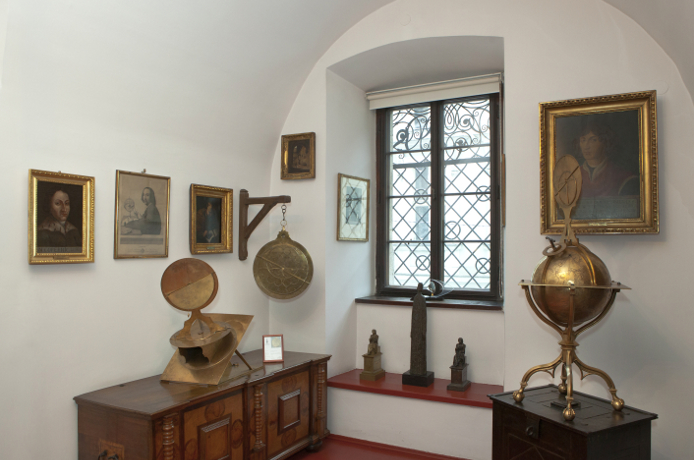
Fig. 6. Collegium Maius, Copernicus Room with astronomical instruments, end of 15th century (CC)
Marcin Bylica (1433--1493) from Olkusz, was court astronomer and physician of the Hungarian King Matthias Corvinus [Maciej Korwin] in Buda since 1470, and from 1490 also for his successor Vladislav II [Ladislaus]. Bylica was co-operator of Regiomontanus [Johannes Müller] (1436--1476), who worked in Hungary from 1467 to 1471. Bylica made works of the first Viennese Mathematical School known in Kraków in 1468--1492. In 1493, by Bylica’s endowment his library and astronomical instruments came to the collections of the University of Kraków.

Fig. 7a. Torquetum (1472), made by Hans Dorn of Vienna, (Photo: Gudrun Wolfschmidt)
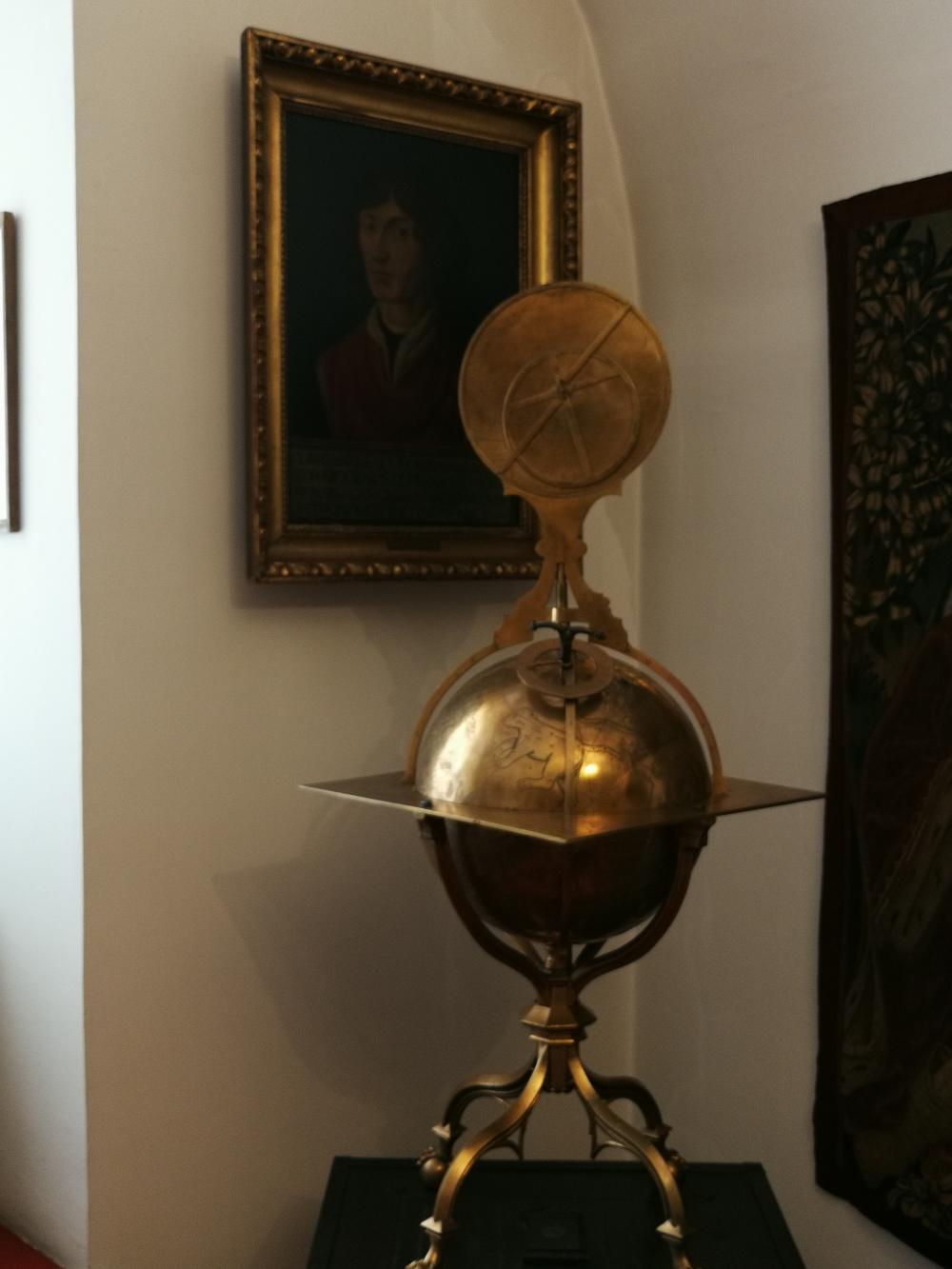
Fig. 7b. Celestial Globe (1480), made by Hans Dorn of Vienna, (Photo: Gudrun Wolfschmidt)
The portable astronomical instruments of Bylica, a donation to the University in 1493, have been preserved to this day in the Jagiellonian University Museum: astrolabes (including an Islamic astrolabe from Córdoba (1054) -- the oldest scientific instrument in Poland), three brass instruments from 15th century, made by Hans Dorn (fl. 1478 in Buda, ÔÇá1493) around 1480: a torquetum, an astrolabe, and a celestial globe -- instruments which prove that observational, not only theoretical, astronomy was practiced in Kraków -- Copernicus, the most outstanding student of the Jagiellonian University from 1491 to 1496, had access to the instruments.

Fig. 8a. Globus Jagellonicus in the Treasury chamber -- Terrestrial Globe with "America" (1510), (Photo: Gudrun Wolfschmidt)
Fig. 8b. Detail of the Jagiellonian Earth Globe (Photo: Gudrun Wolfschmidt)
In addition, in the 16th century, the so-called Jagiellonian Globe, an armillary sphere with a clockwork mechanism, was donated. In the 17th century, the mathematician and astronomer Jan Brożek [Ioannes Broscius] (1585--1652), in 1614, head of the Astronomy and Astrology Faculty, rector of Jagiellonian University, biographer of Copernicus, donated the oldest preserved terrestrial globe on which features the name "America".
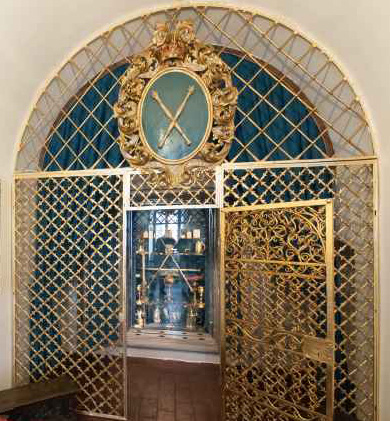
Fig. 8c. Treasury chamber in the Jagiellonian University Museum, (Photo: Frank Hilbert)
Fig. 8d. Horary quadrant, England (16th century), an instrument used to tell time from the position of the Sun (Photo: Gudrun Wolfschmidt)
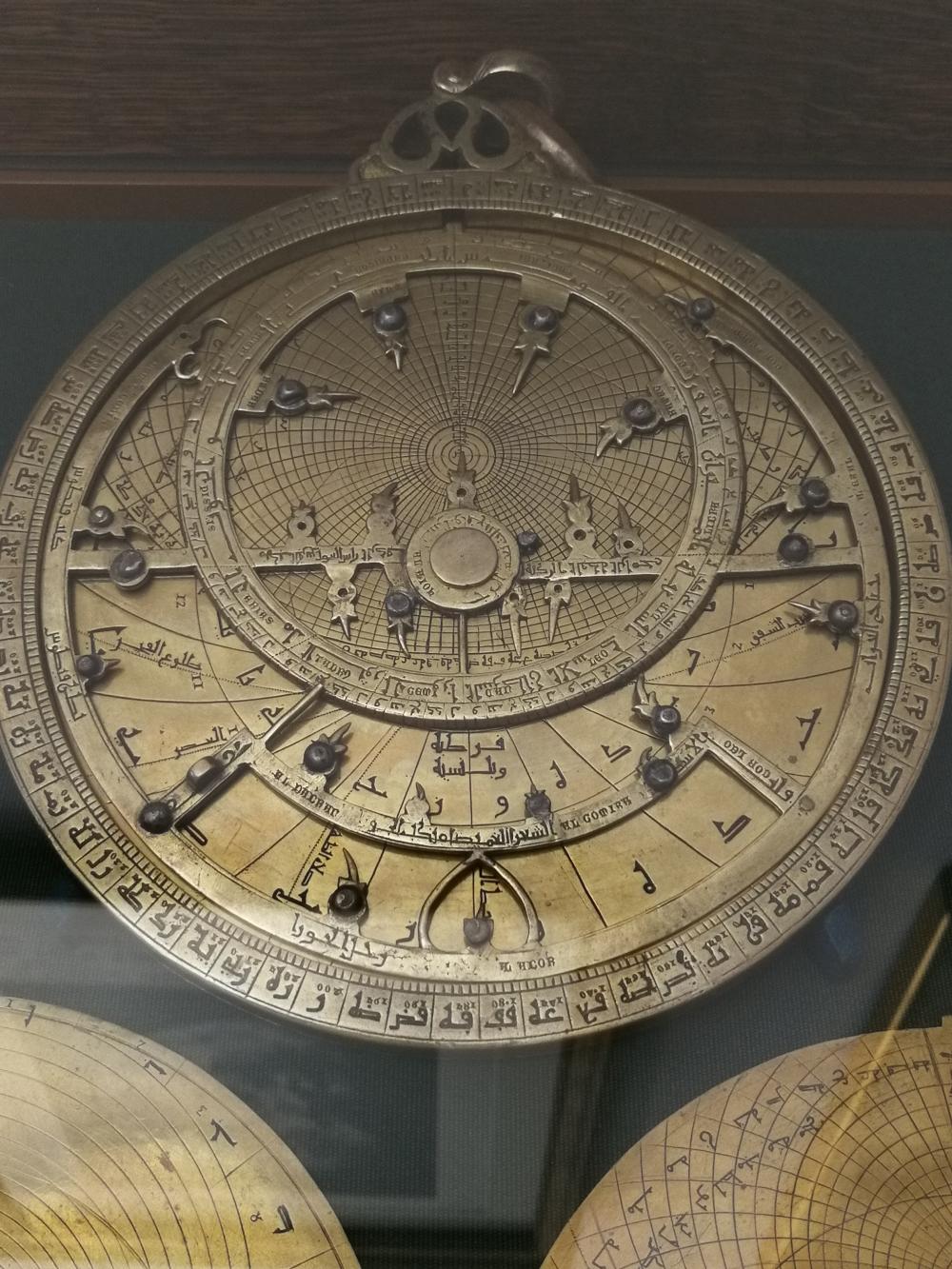
Fig. 9a. Islamic Astrolabe from Córdoba (1054), (Photo: Gudrun Wolfschmidt)

Fig. 9b. Large Astrolabe (1486), (Photo: Gudrun Wolfschmidt)
Instruments at the time of Copernicus
- Islamic Astrolabe from Córdoba (1054) - the oldest scientific instrument in Poland)
- Large Astrolabe (1486)
- Torquetum (1472), made by Hans Dorn (1430/40--1506) of Vienna
- Dorn-Bylica Celestial Globe (1480), made by Hans Dorn (1430/40--1506) of Vienna
- Globus Jagellonicus in the Treasury chamber -- Terrestrial Globe with "America" (1510), Jean Coudray of Paris, owned by Prof. Jan Brożek (1585--1652)
- Replicas of the (wooden) instruments of Copernicus:
Large Quadrant, Armillary Sphere, and Triquetrum
Fig. 10a. Armillary Sphere of Copernicus, (Photo: Gudrun Wolfschmidt)
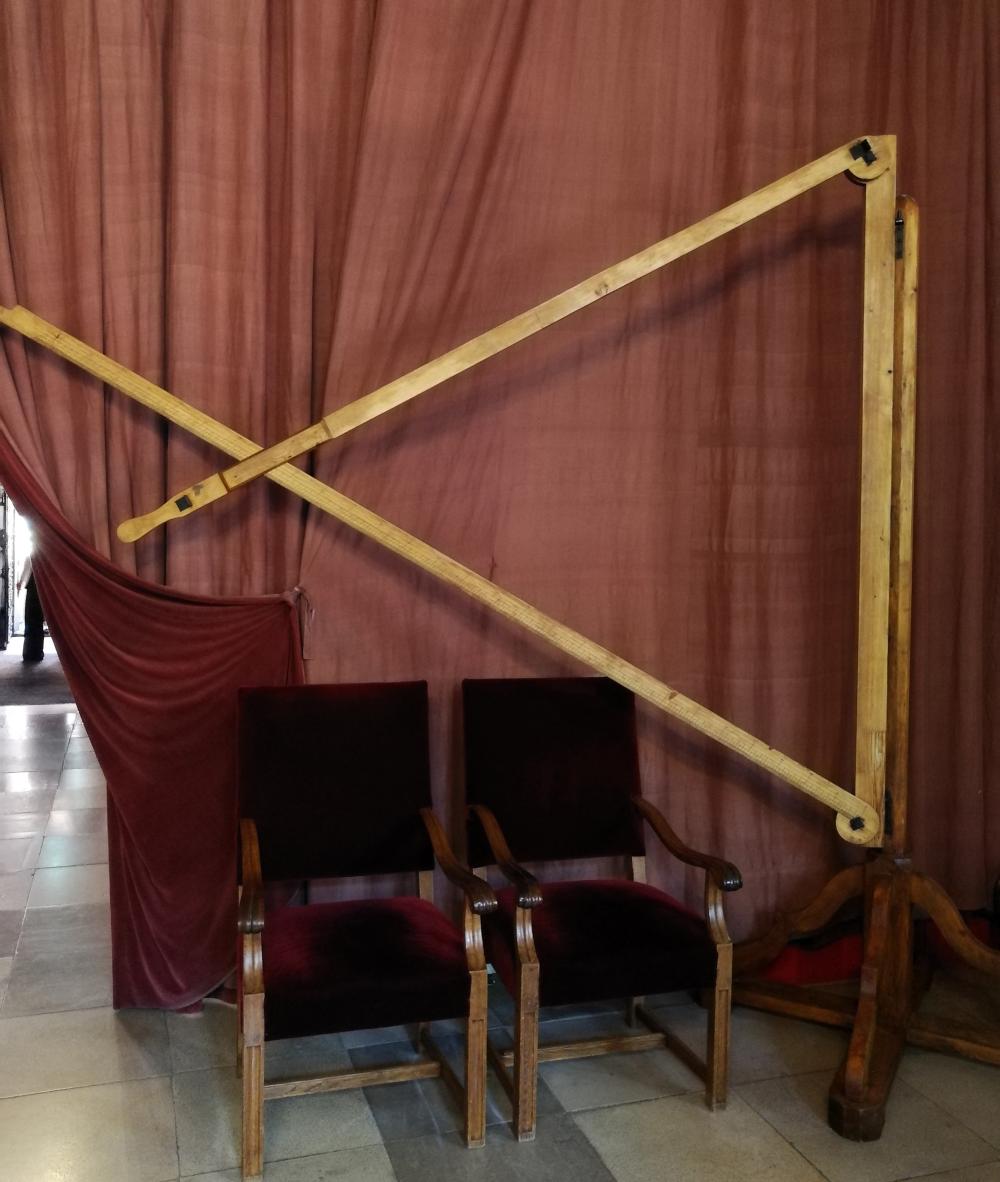
Fig. 10b. Triquetrum of Copernicus, (Photo: Gudrun Wolfschmidt)
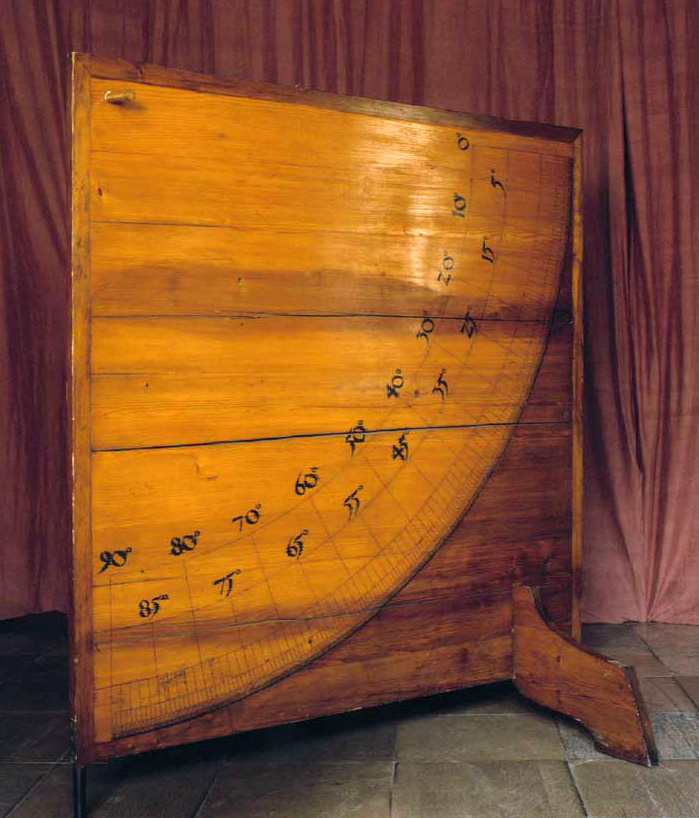
Fig. 10c. Large Quadrant of Copernicus, (Photo: Gudrun Wolfschmidt)

Fig. 10d. Hall in the Jagiellonian University with the three instruments of Copernicus (Photo: Gudrun Wolfschmidt)
Memorials for Copernicus -- Paintings and Statues
The famous oil painting of by Jan Matejko (1838--1893) 1873 Astronomer Copernicus, or Conversations with God in the Aula, Great Hall, of the Collegium Novum, Jagiellonian University Kraków. Matejko painted the history of Poland to inspire the public.
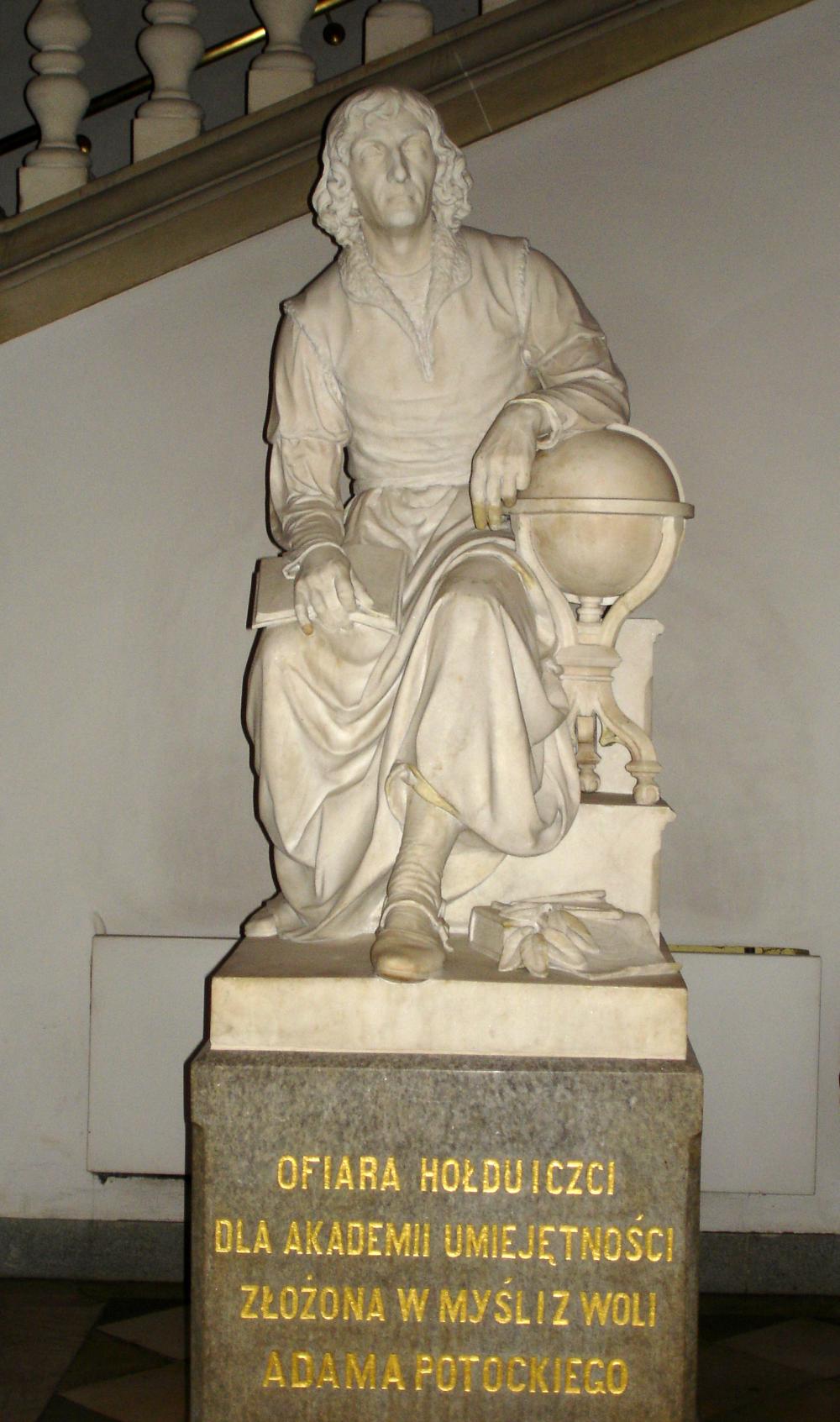
Fig. 11a. Statue of Copernicus, Walery Gadowski, (Photo: Gudrun Wolfschmidt)
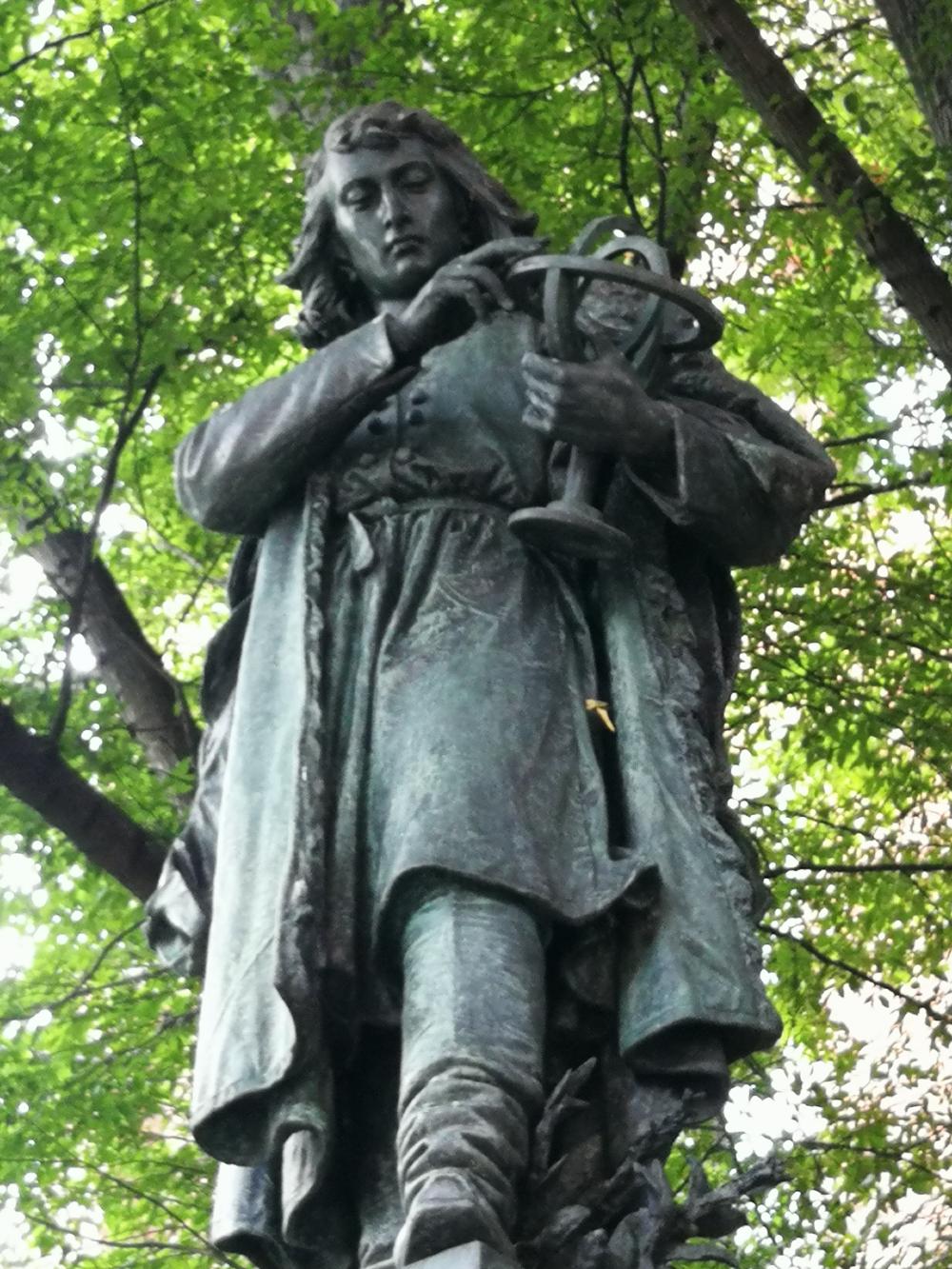
Fig. 11b. Statue of Copernicus, Collegium Novum, (Photo: Gudrun Wolfschmidt)
A statue of Copernicus with Astrolabe, Cyprian Godebski (1900), was placed originally in the inner court of the Collegium Maius, now in front of the Wittkowski College / Collegium Novum:In memory of Nicolaus Copernicus from Torun. Since 1491 studying in Cracow.
He’s considered as the most famous and notable gratuate from his school.
Another statue of Copernicus, Wałery Gadowski, is in the staircase in the house of the regional section of the Polish Academy of Sciences, ulica Sławkowska 17, in the centre of Kraków.
The base shows a Polish text which reads in English translation:
Donation by deference
given to the academy of capabilities
by decision and in commemoration for
Adam Potocki.
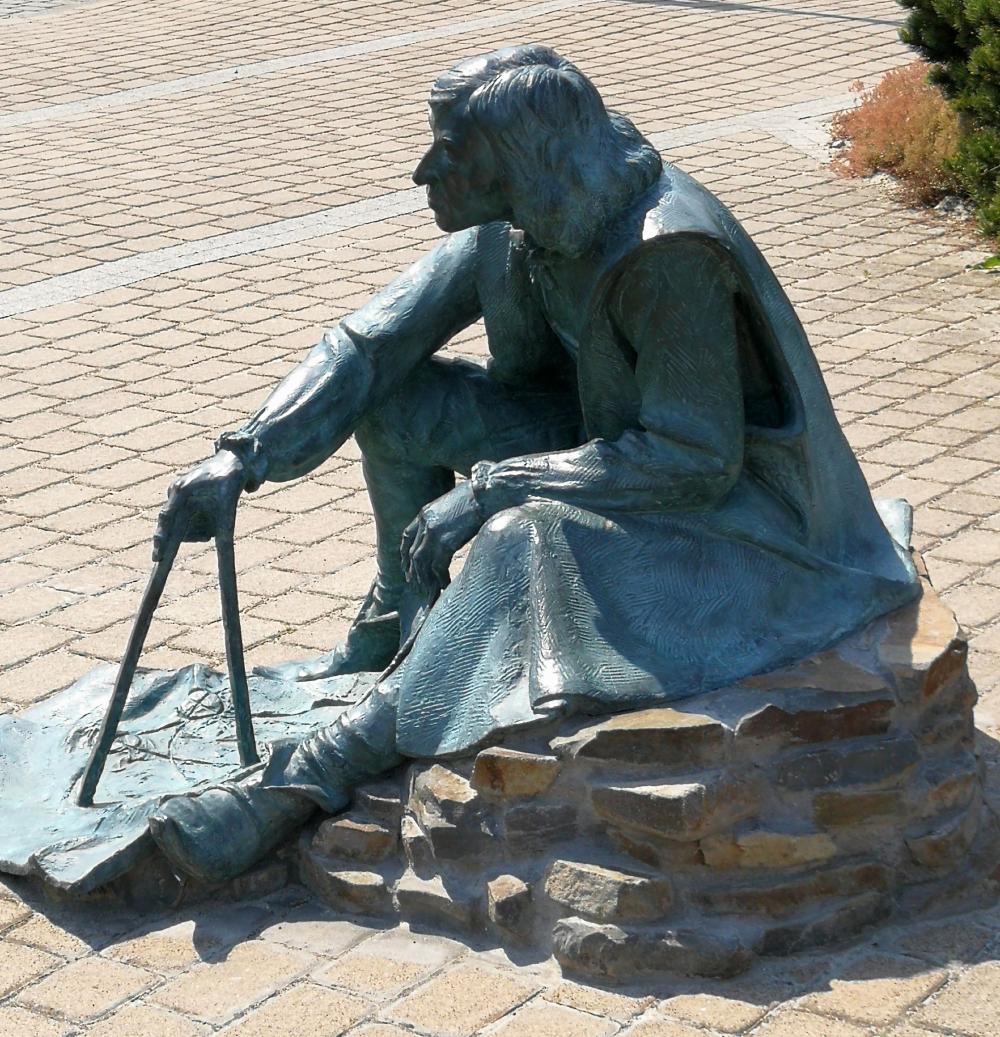
Fig. 11c. Statue of Copernicus, Jagiellonian University Campus Łojasiewicza, Aleja Wawelska, (Photo: Gudrun Wolfschmidt)
State of preservation
The Collegium Maius (*1492) of the Jagiellonian University Kraków (Cracow), founded in 1364, with the Gothic court yard, Porta Aurea (1494), and Stuba communis is well preserved.

Fig. 12a. Gallery in the court yard of Collegium Maius (*1492), (CC)
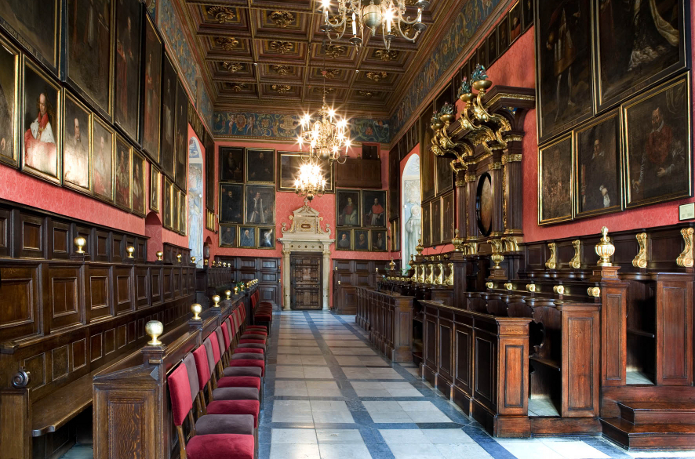
Fig. 12b. Aula -- Assembly Hall in Collegium Maius (*1492), (Credit: Jagiellonian University)
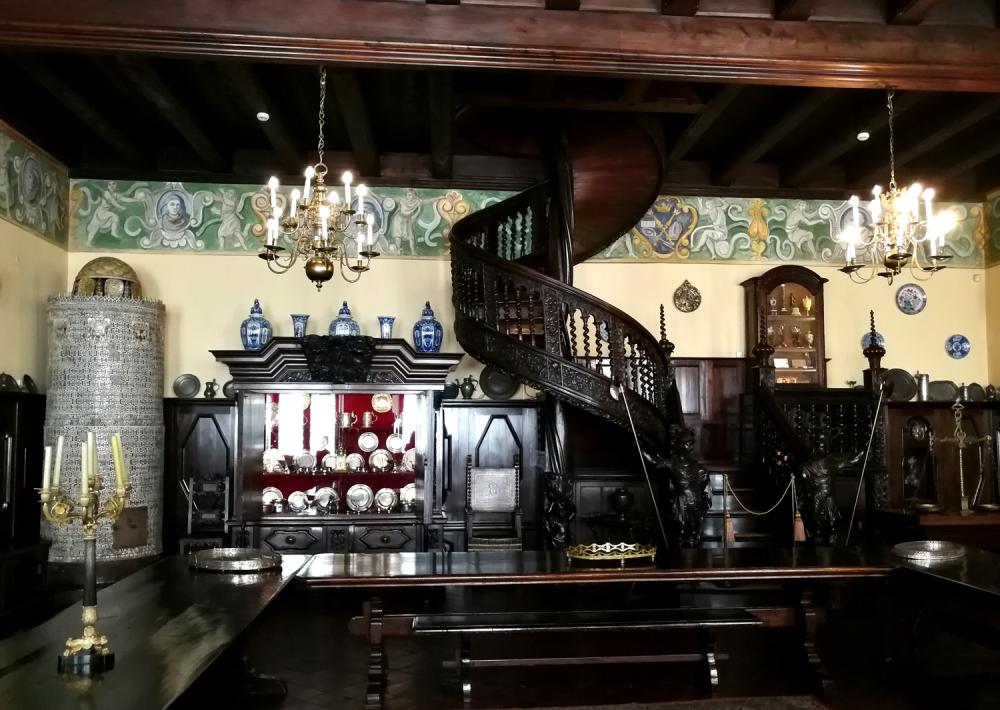
Fig. 12c. Stuba Communis, Collegium Maius (*1492), (Photo: Gudrun Wolfschmidt)

Fig. 12d. Clock in the court yard in Collegium Maius (*1492), (Credit: Jagiellonian University)
Comparison with related/similar sites
"Observatories" / Observing sites at the end of 15th century:
- Cusanus -- Nikolaus von Kues (1401--1464) in Bernkastl-Kues
- Viennese Mathematical (and Astronomical) School (1384) in the University of Vienna,
founded in 1365 by Rudolf IV, Duke of Austria (1339--1365) and his brothers Albrecht III, (~1349--1395) and Leopold III (1351--1386) both Dukes of Austria.
The famous astronomers were:
Heinrich von Langenstein (1325--1397) in 1384
Johannes von Gmunden (~1380--1442)
Georg [Aunpekh] von Peuerbach (1423--1461)
Johannes Regiomontanus [Müller] (1436--1476) - Buda Castle Observatory with Regiomontanus (1436--1476), Court Astronomer of the Hungarian King Matthias Corvinus [Maciej Korwin] 1470,
in addition, his collaborator Marcin Bylica of Olkusz (1433--1493) [Martin(us) Ilkusch]. - University of Bologna -- Domenico Maria Novara da Ferrara (1454--1504), a student of Regiomontanus
Threats or potential threats
no threats
Present use
The Collegium Maius belongs still to the Jagiellonian University Kraków (Cracow). But there is also a Museum, where one can find an impressive instrument collection: the instruments of the time of Copernicus in the Treasury Chamber, but also the astronomical instruments of the Baroque observatory, as well as instruments for mathematics, physics and chemistry from 18th to 20th century.
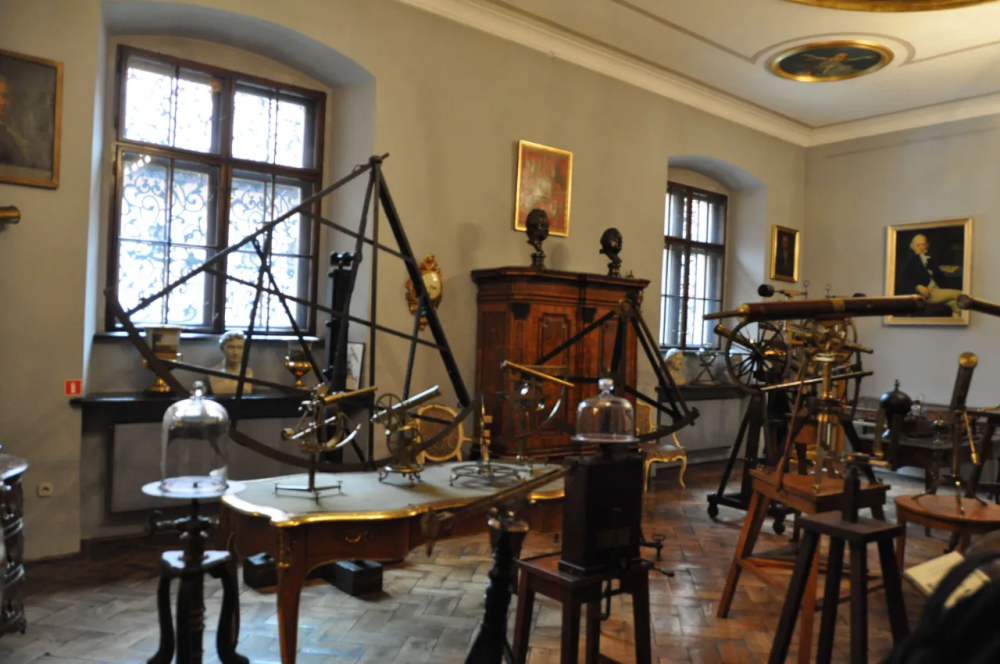
Fig. 13. Scientific Instrument Collection in the Collegium Maius (*1492), (credit: Jagiellonian University)
Astronomical relevance today
The Collegium Maius is no longer used for astronomy.
The Baroque Observatory Kraków was founded in 1792.
References
Bibliography (books and published articles)
- Bartha, Lajos: Ein Renaissance-Himmelsglobus als astronomisches Instrument, der Dorn-Bylica-Globus aus dem Jahr 1480. In: Report on the VIIth International Symposium of the Coronelli Society for the Study of Globes. Der Globusfreund (November 1990 für 1990/91), Nr. 38/39, p. 37-44.
- Volk, Wolfgang: Zeugnisse zu Mathematikern -- Monuments on Mathematicians, 2013.
(http://www.w-volk.de/museum/entry_de.htm). - Wolfschmidt, Gudrun (ed.): Nicolaus Copernicus (1473--1543) -- Revolutionär wider Willen. [Revolutionary against will. Begleitbuch / Katalog zur Ausstellung im Zeiss Großplanetarium in Berlin, Juli bis Oktober 1994. Stuttgart: Verlag für Geschichte der Naturwissenschaften und Technik 1994.
- Wolfschmidt, Gudrun: Astro Walk in the footsteps of Copernicus and Kepler. In: Between Ancient and Modern Astronomy. Proceedings of the 30th SEAC, Polish Academy of Sciences, Warsaw, Poland, September 6-9, 2023. Ed. by Michal Giłewski. Warsaw 2024.
Links to external sites
- Muzeum Uniwersytetu Jagiellonskiego Collegium Maius
- Jagiellonian University - History
- Jagiellonian University Museum
- Jagiellonian University Museum, Copernicus Treasury
- NCT Biography "Copernicus in Kraków (1491--1495)" Copernicus and Copernicana in Kraków
Links to external on-line pictures
no information available
No multimedia content published
Currently there is no multimedia content published for this case study






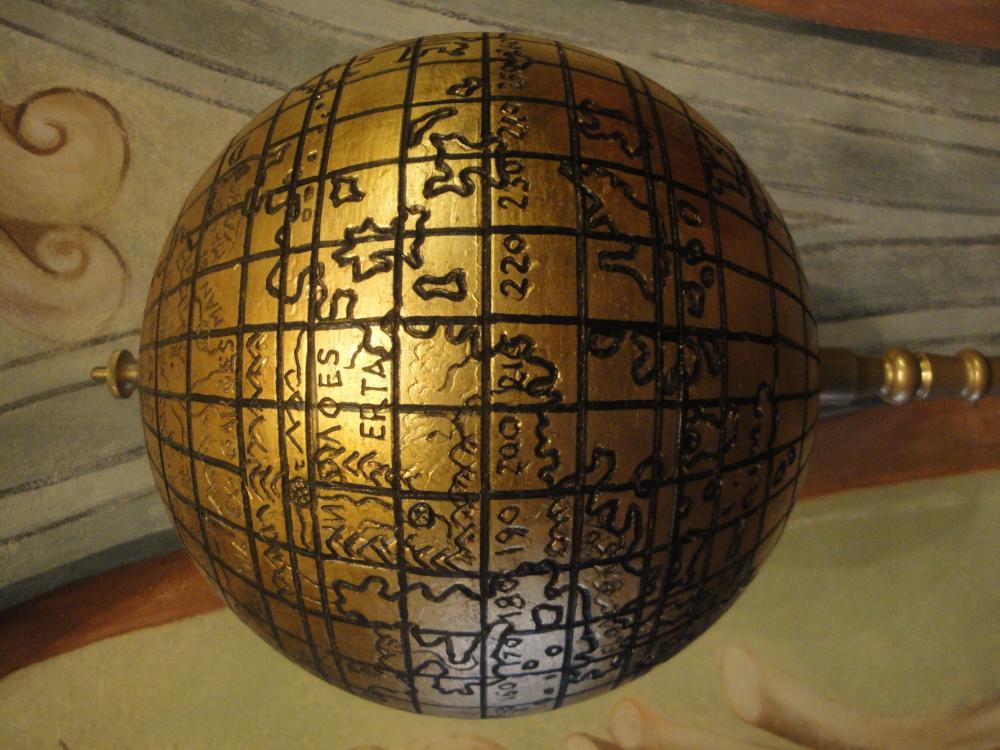
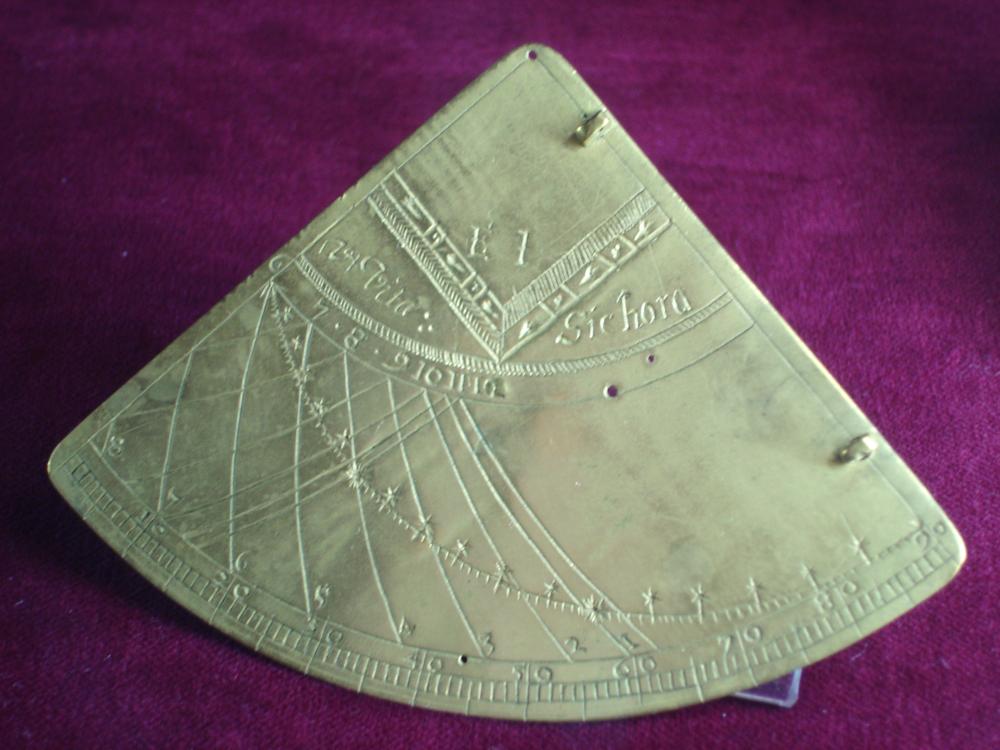


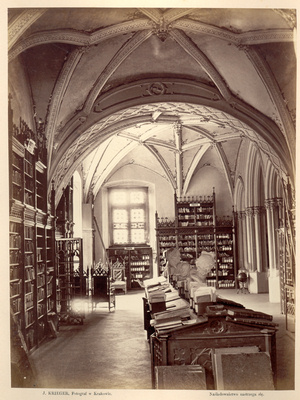






-by-BJ.jpg)





